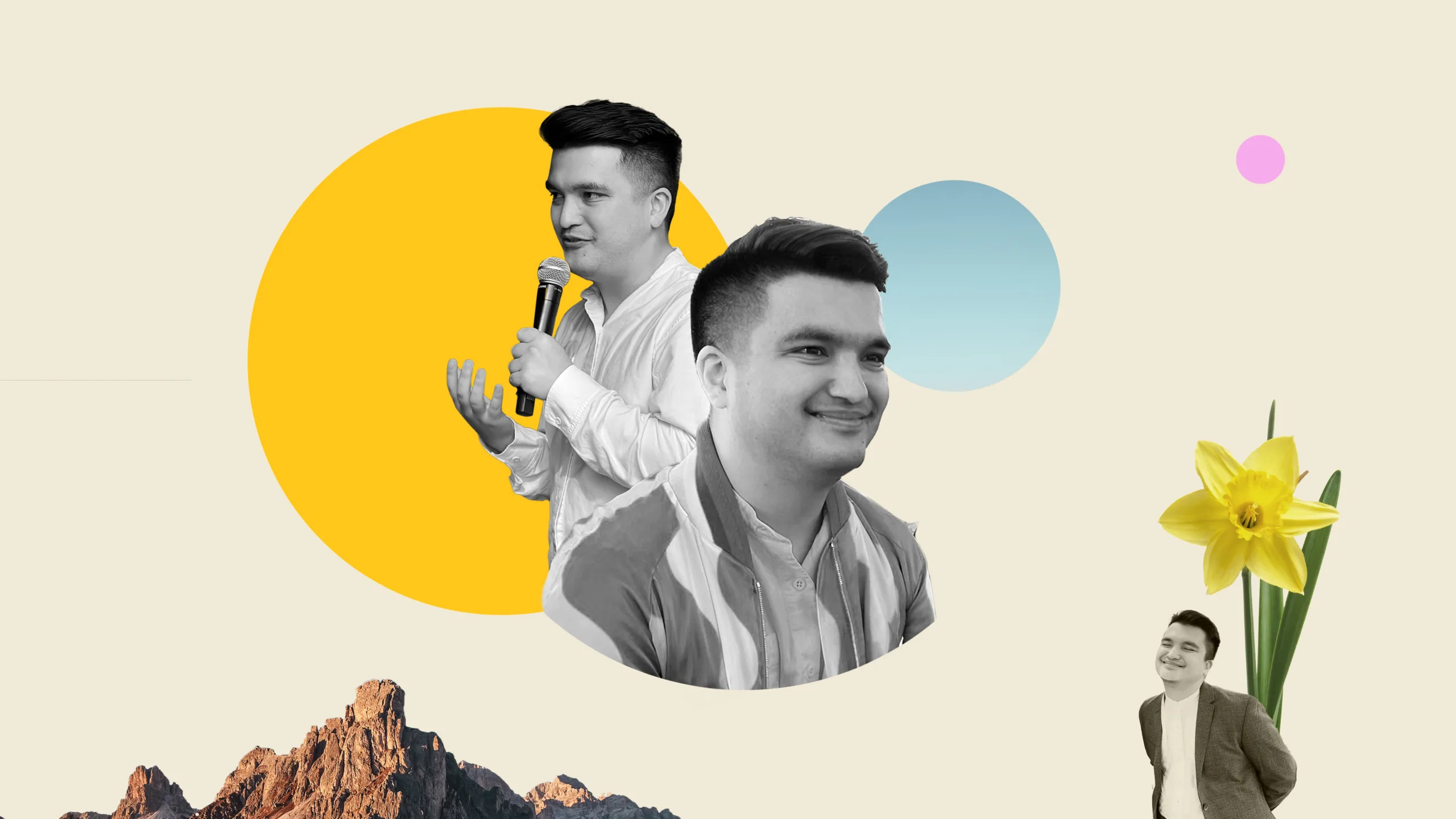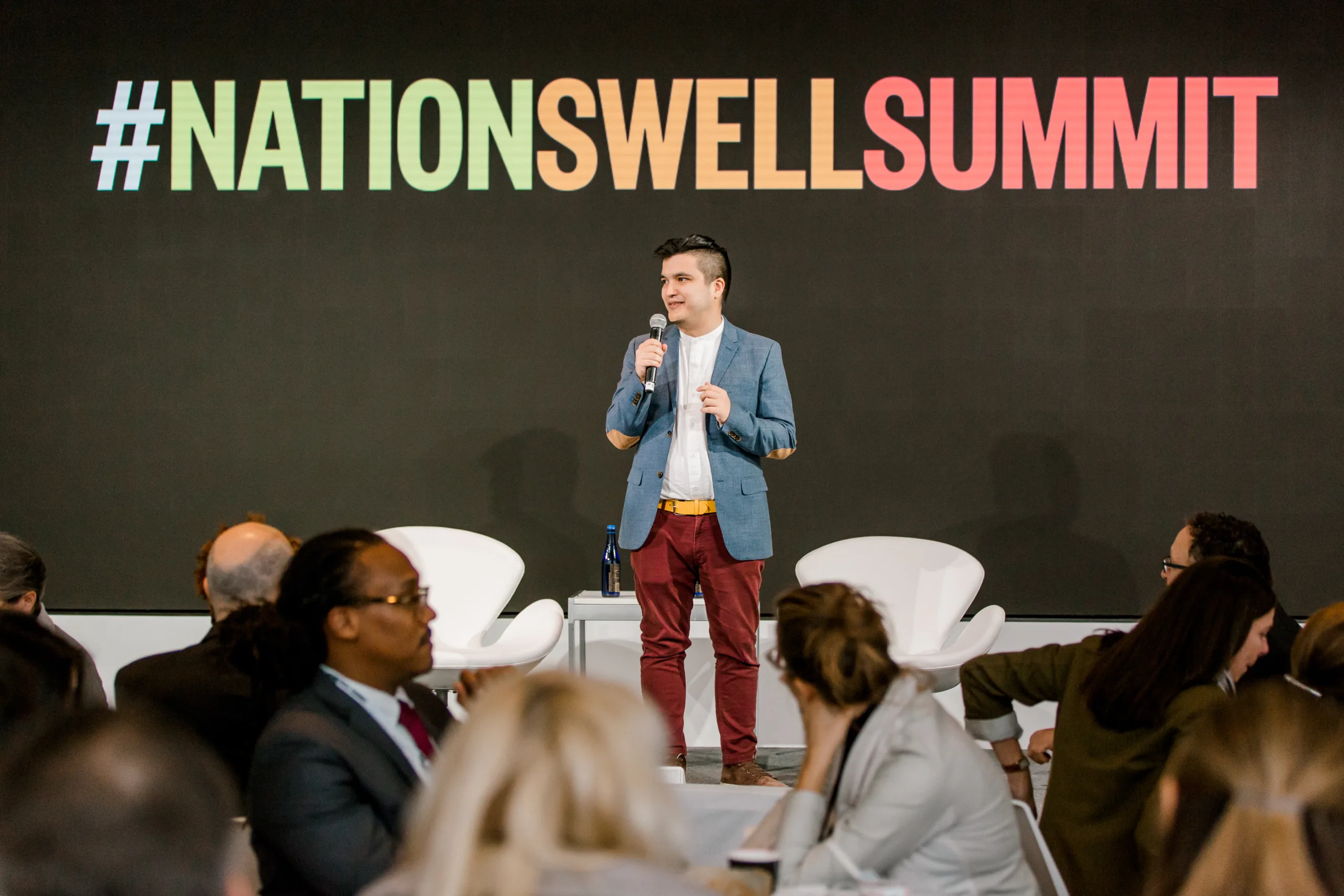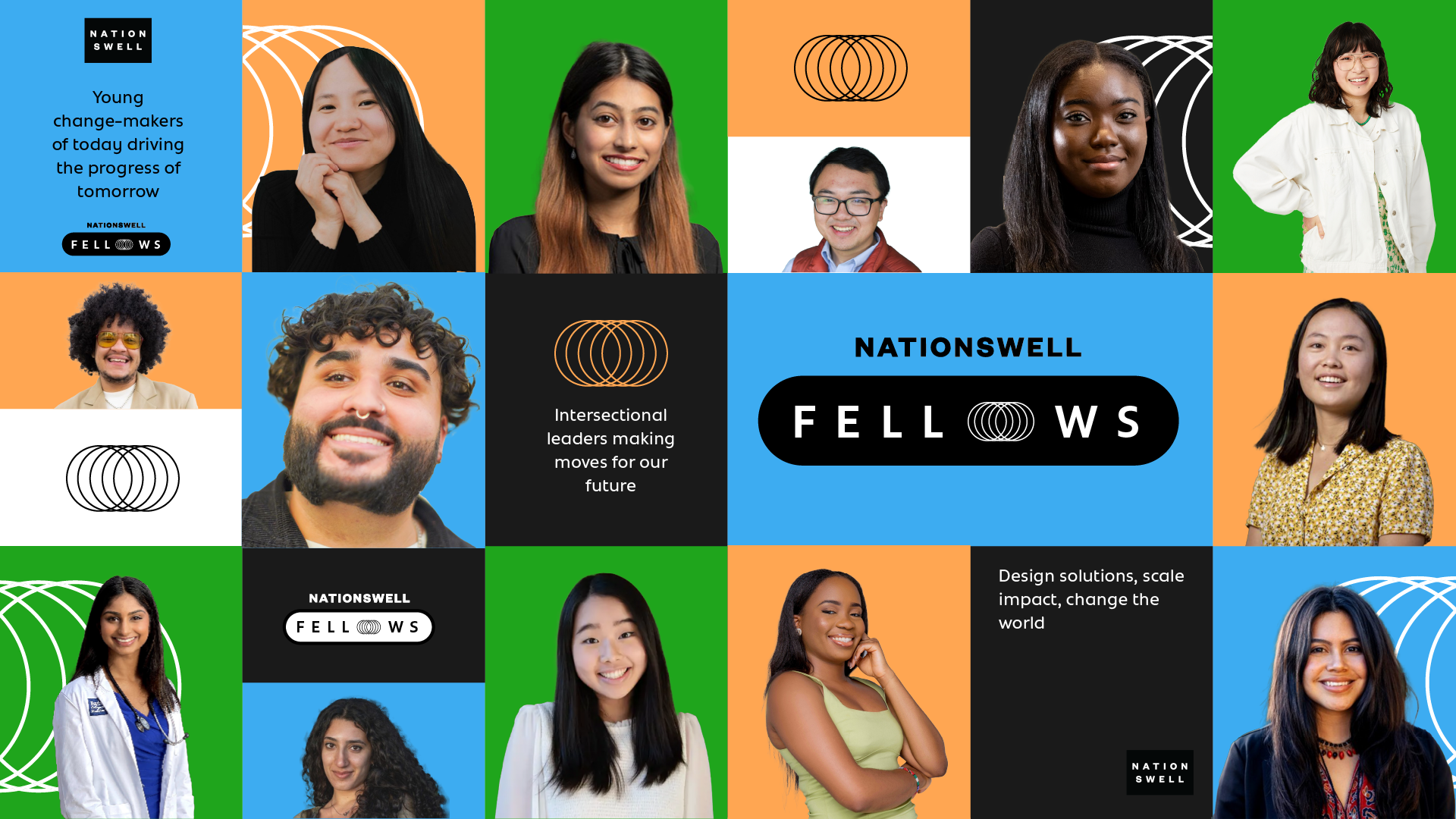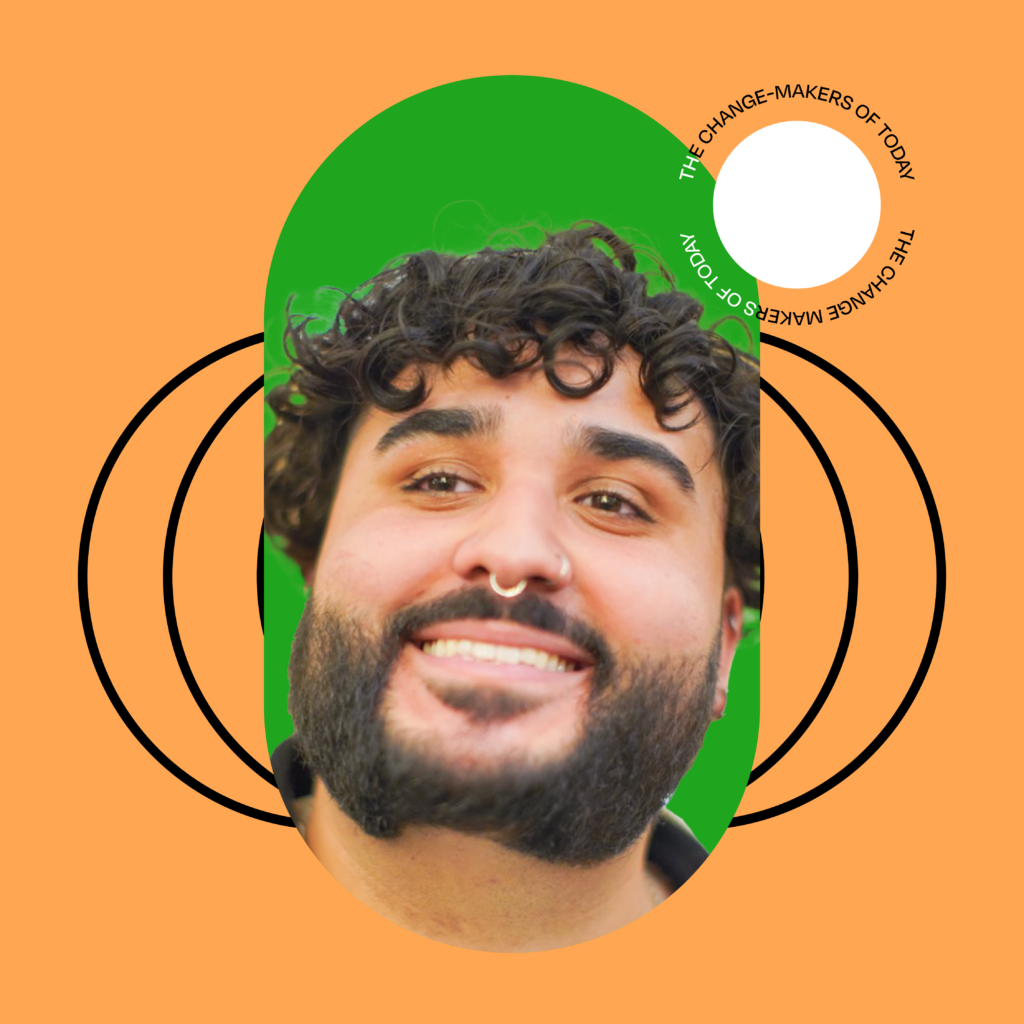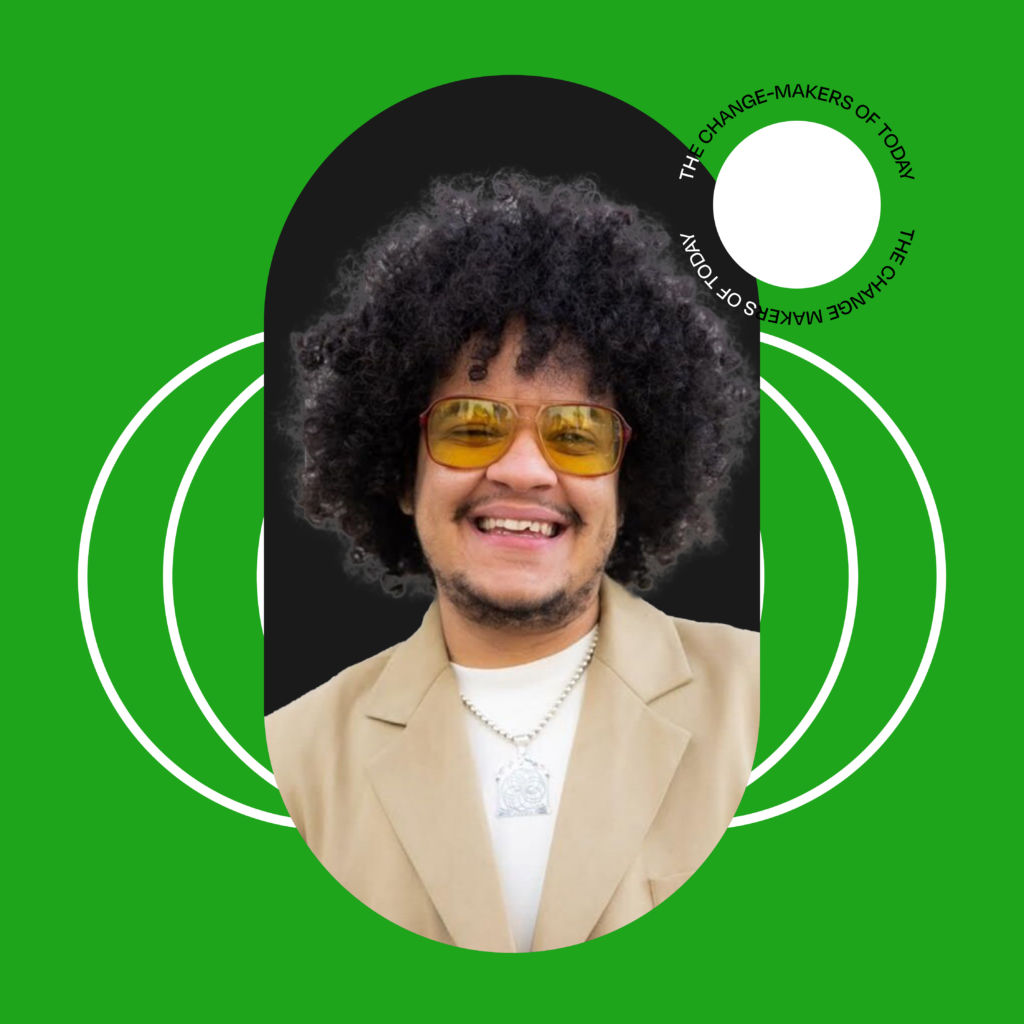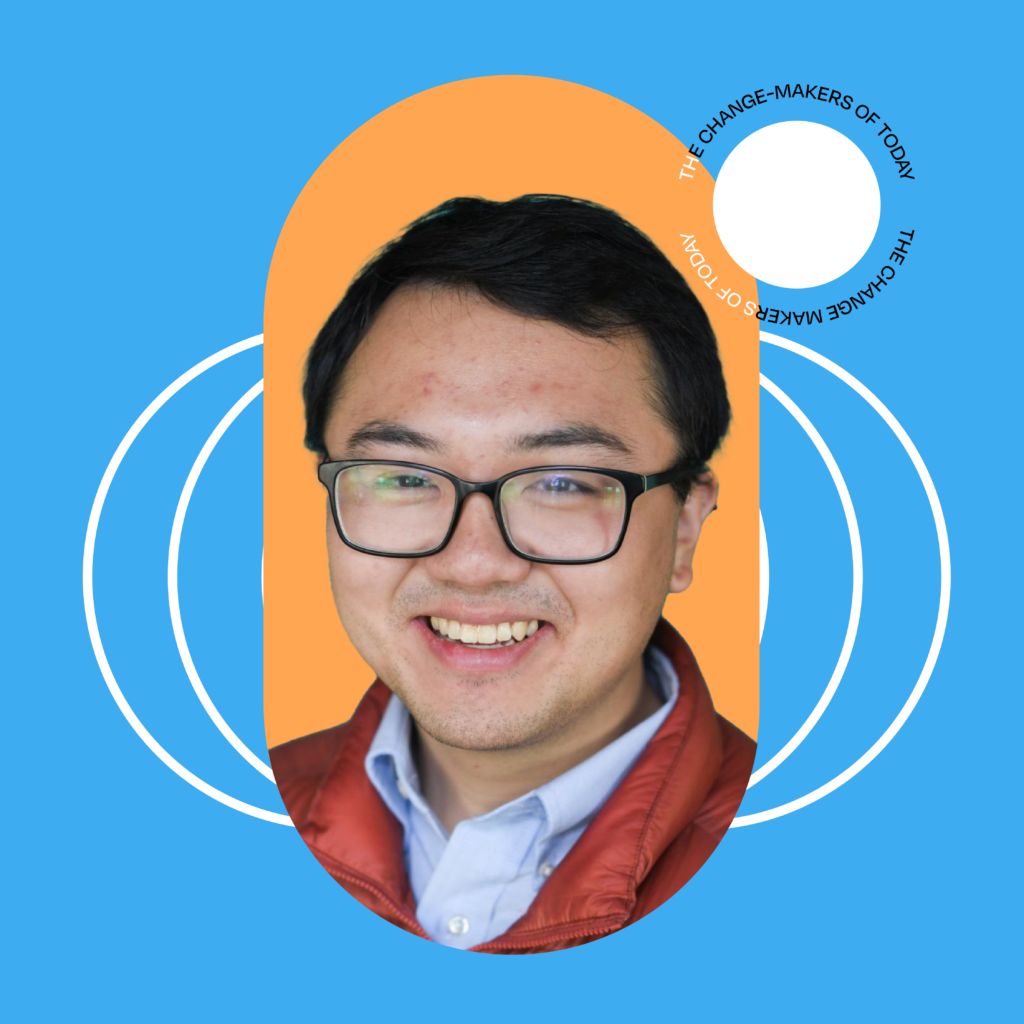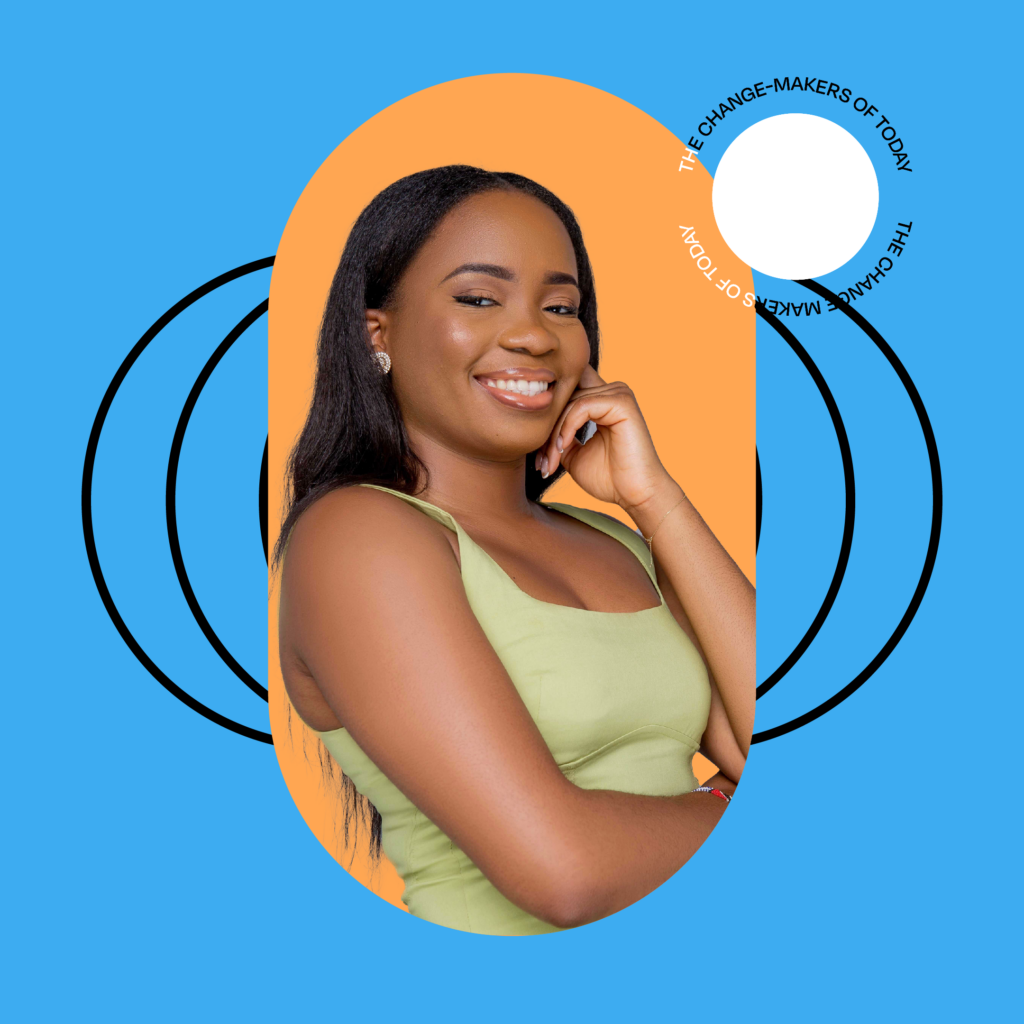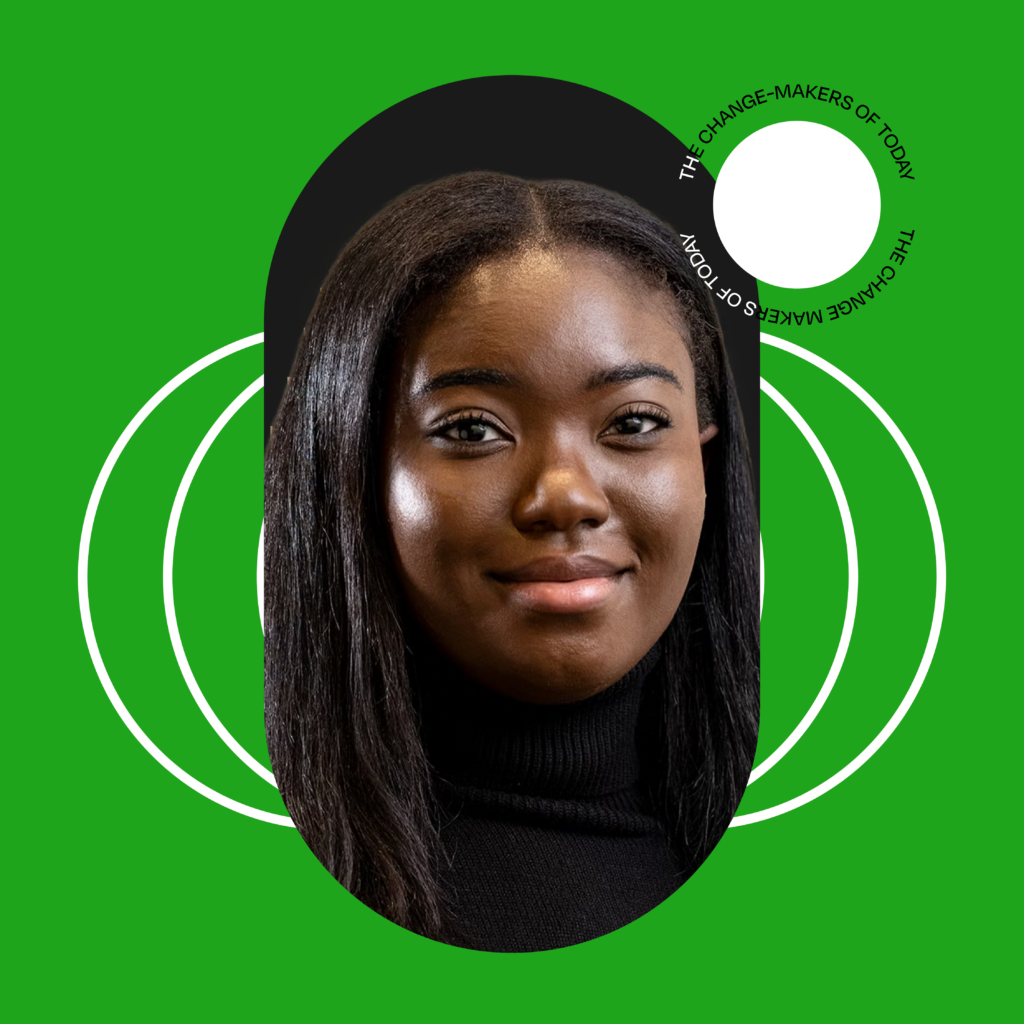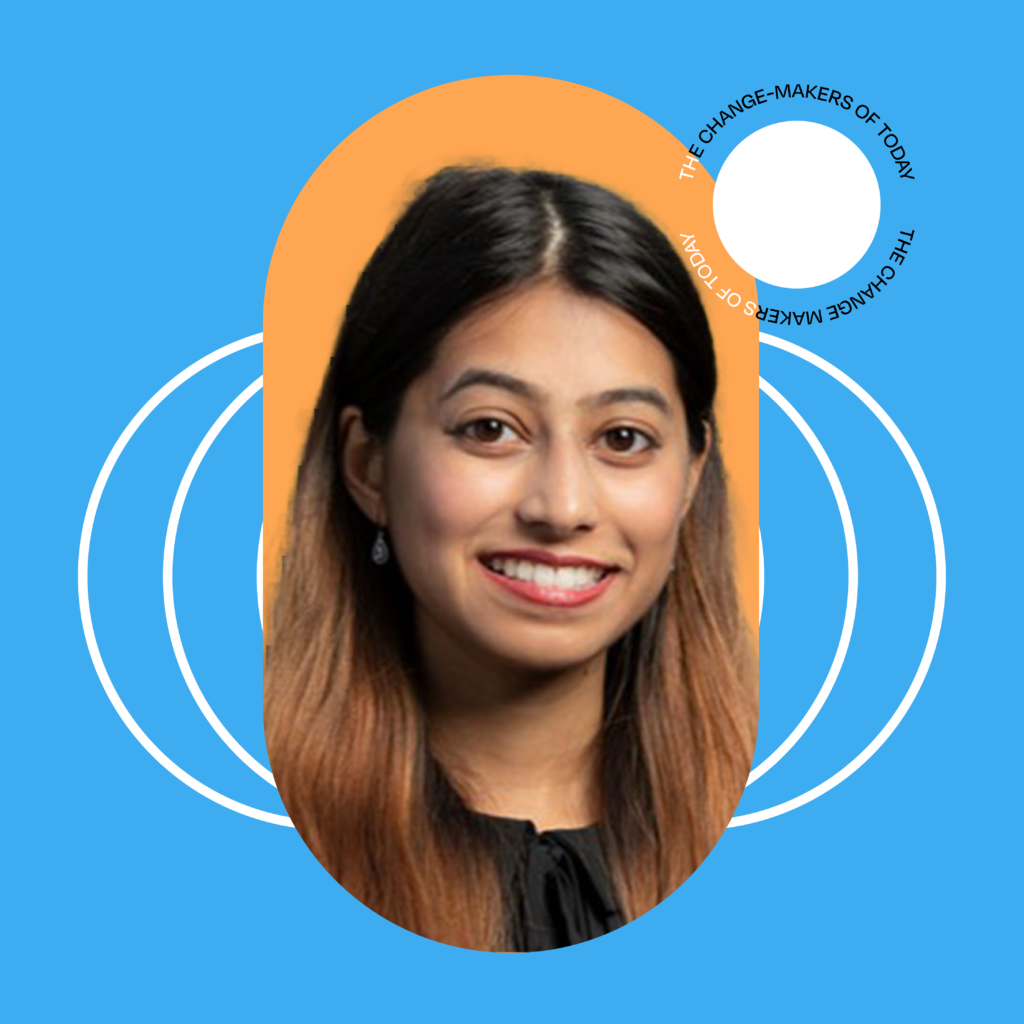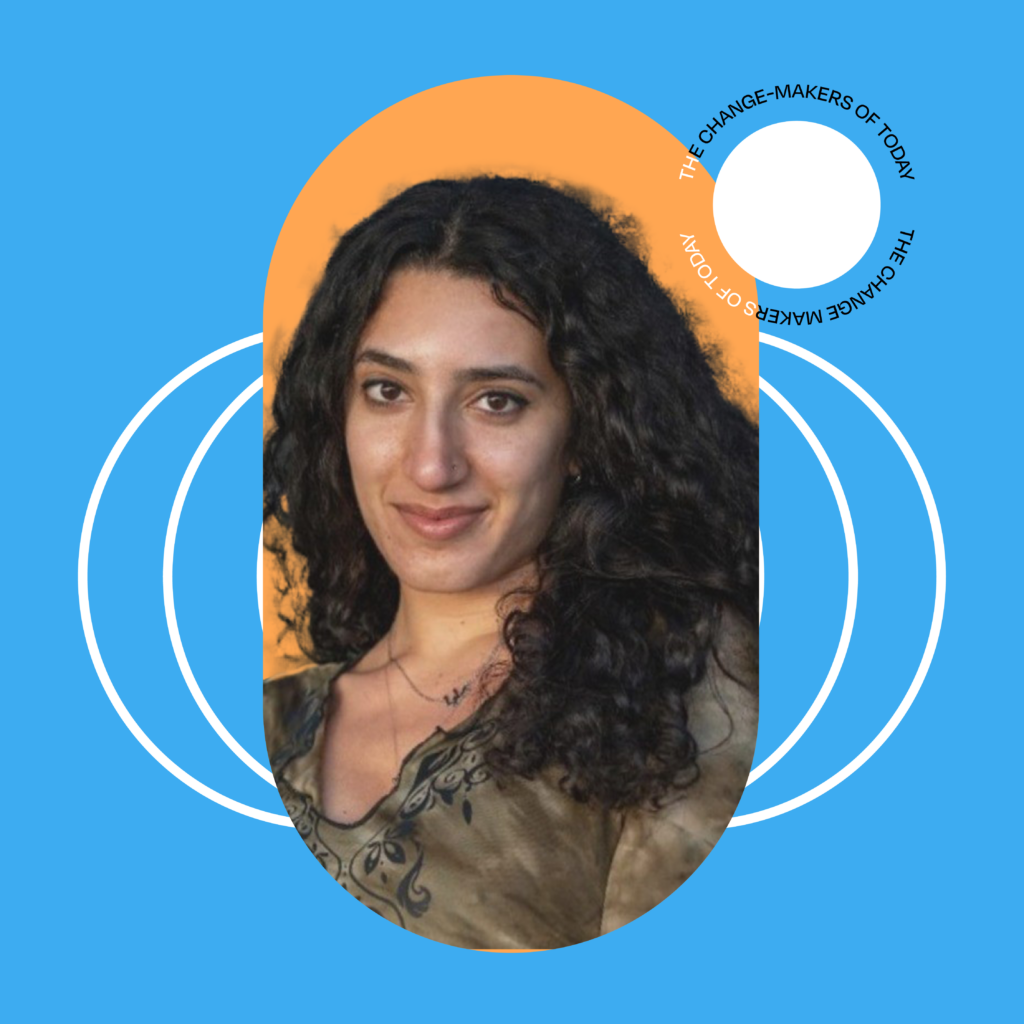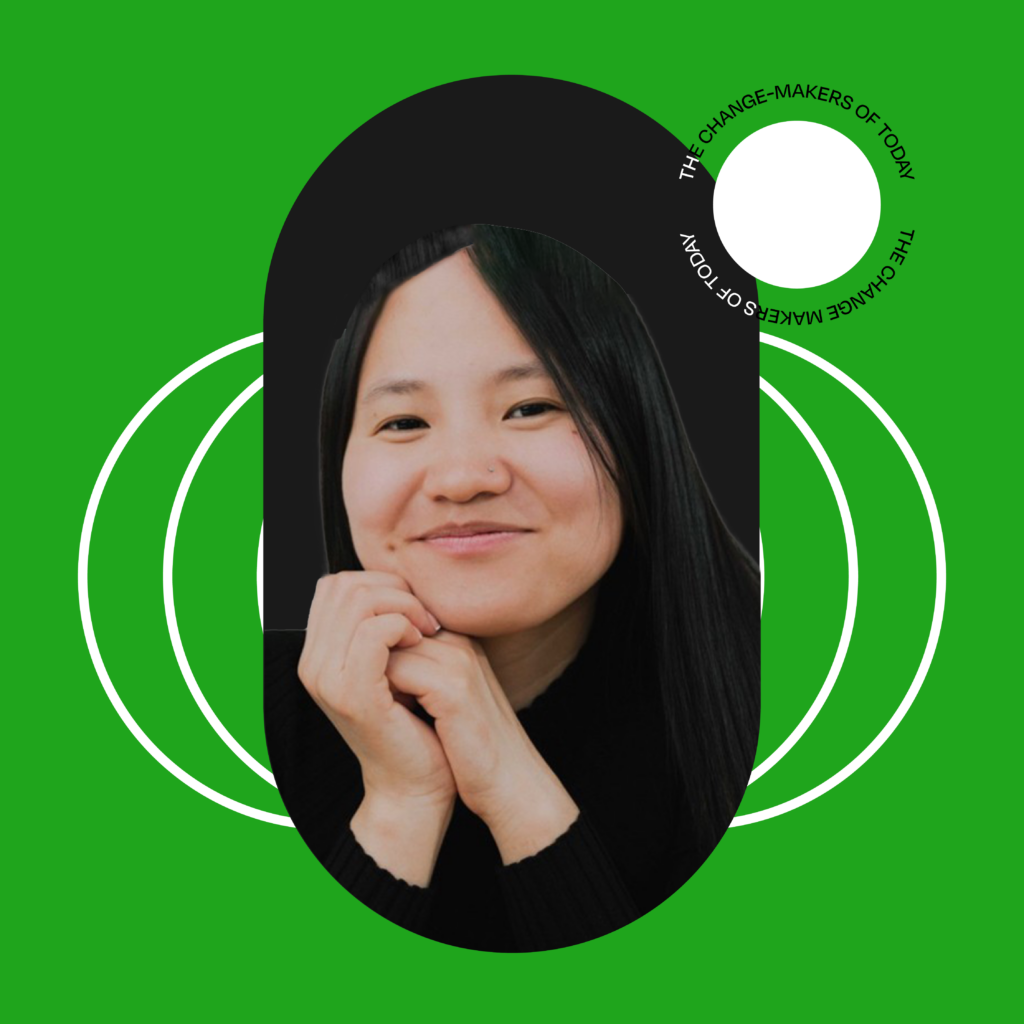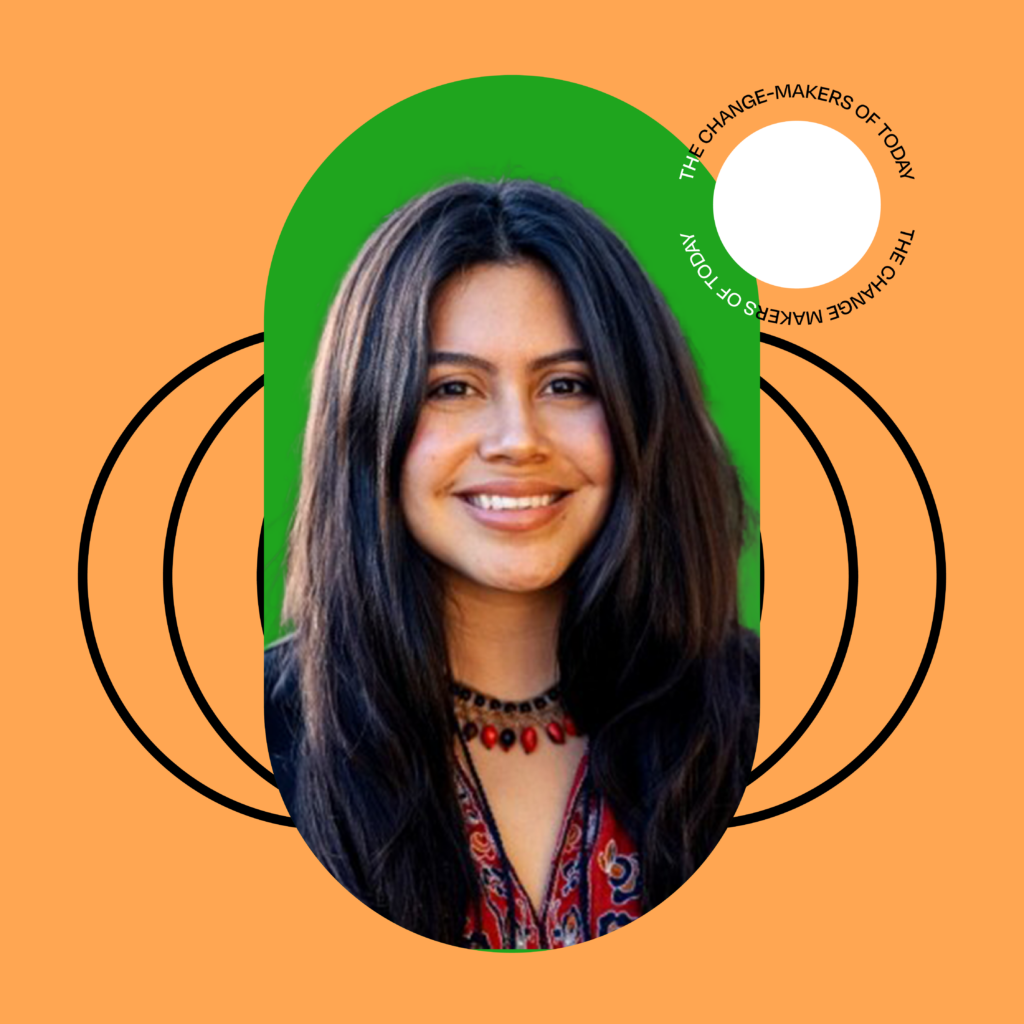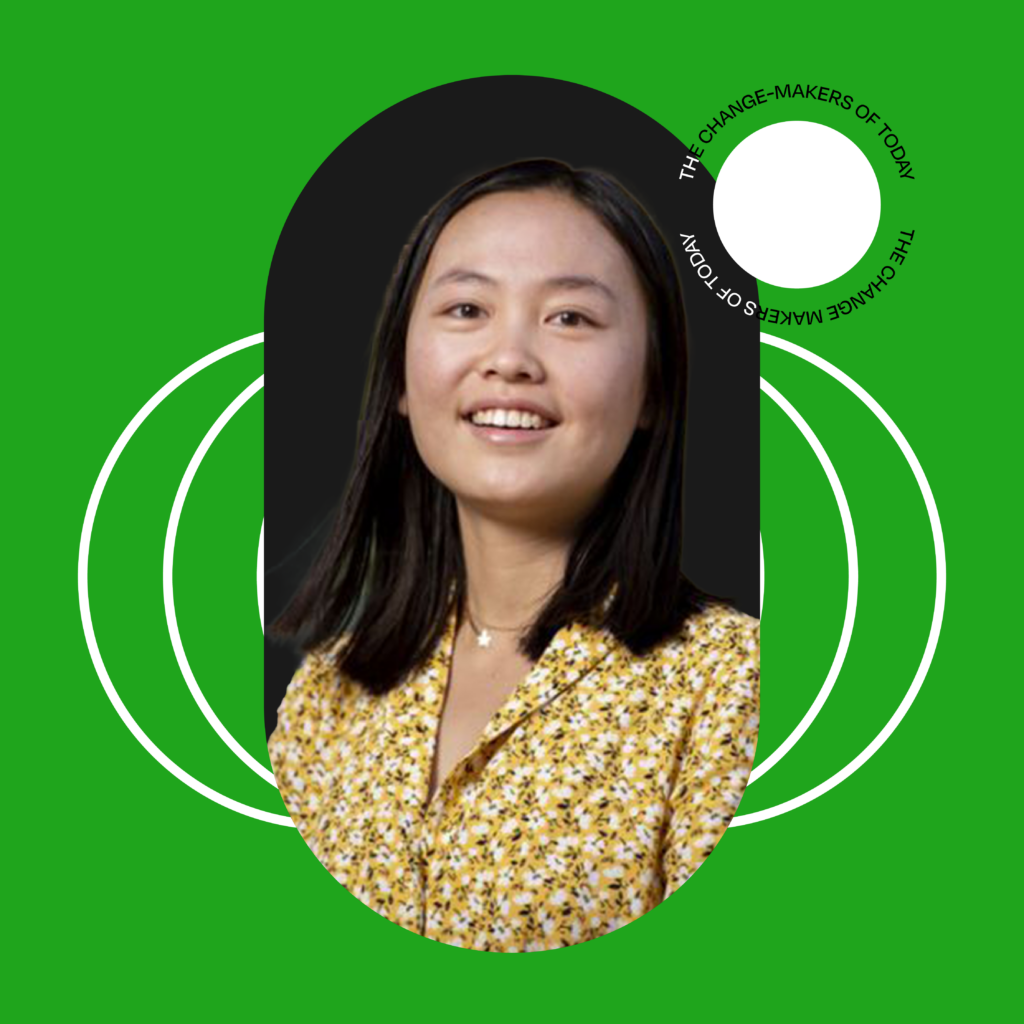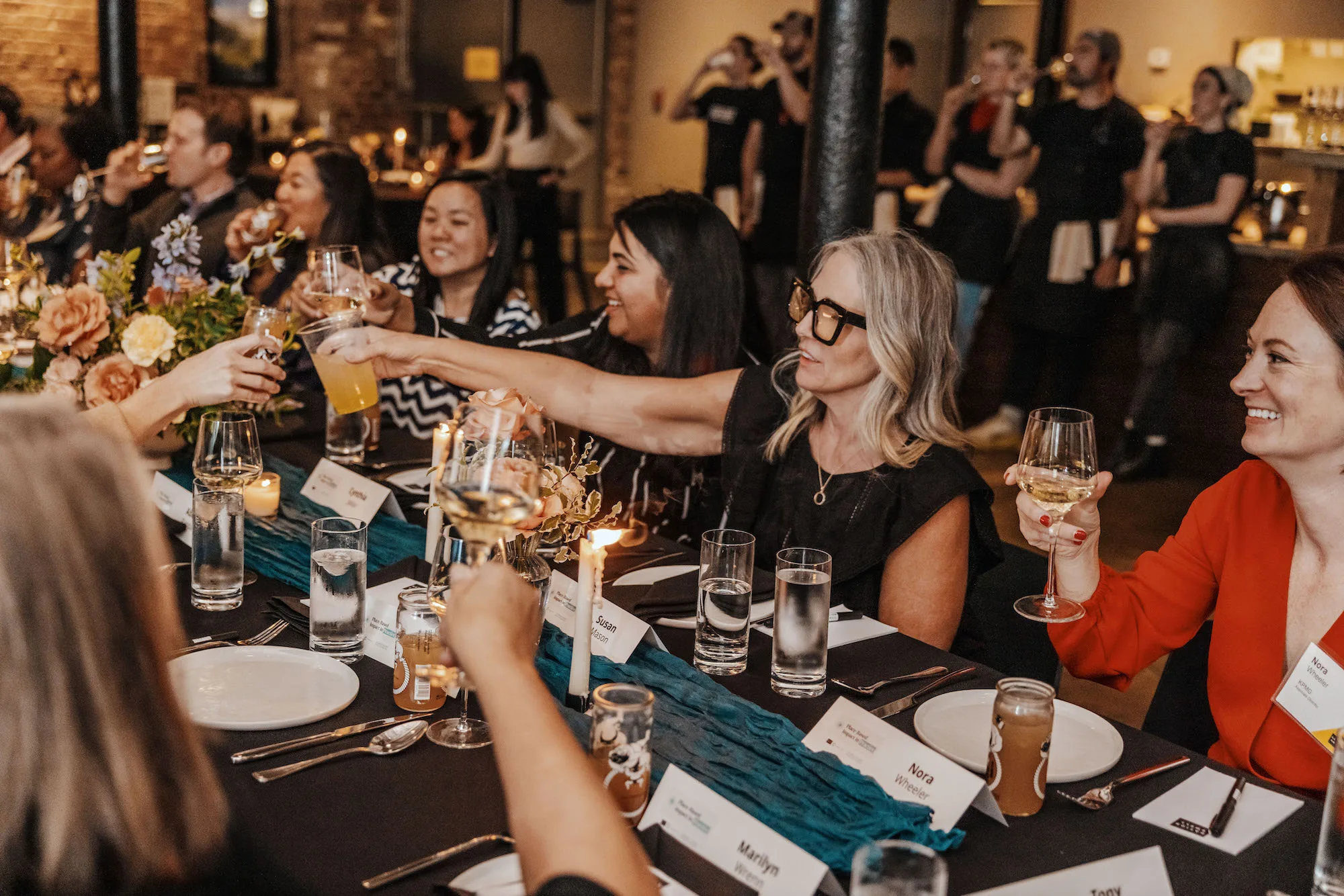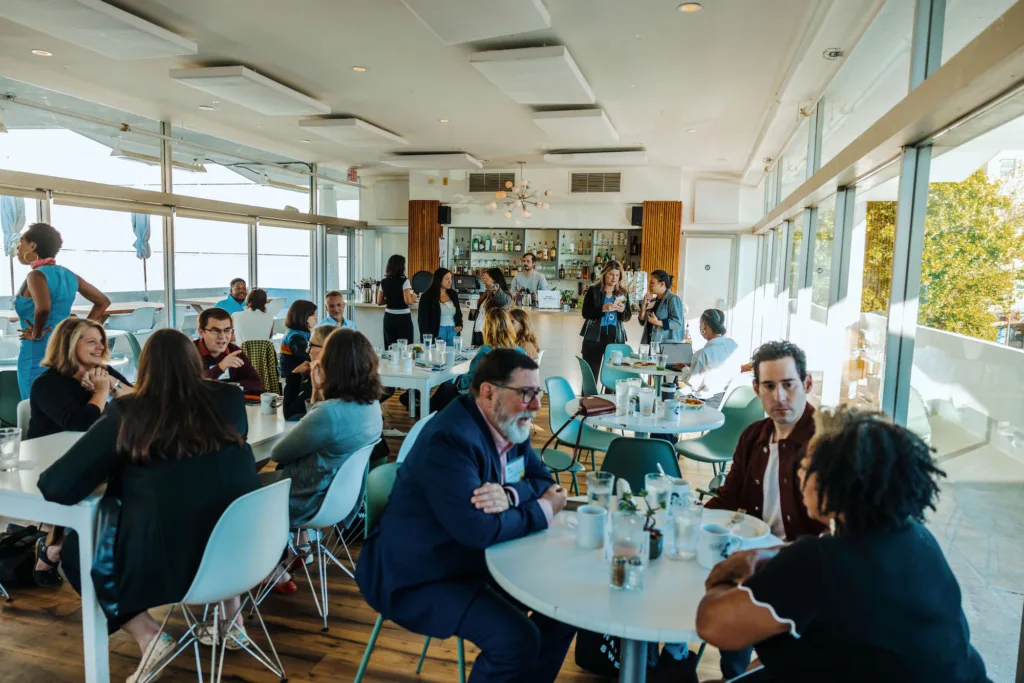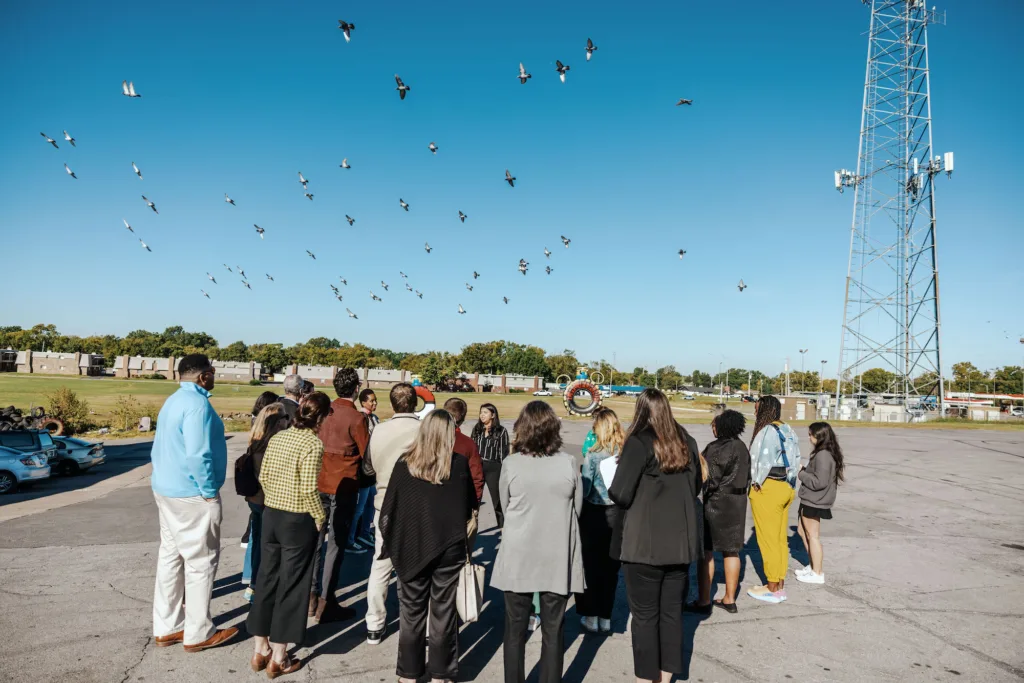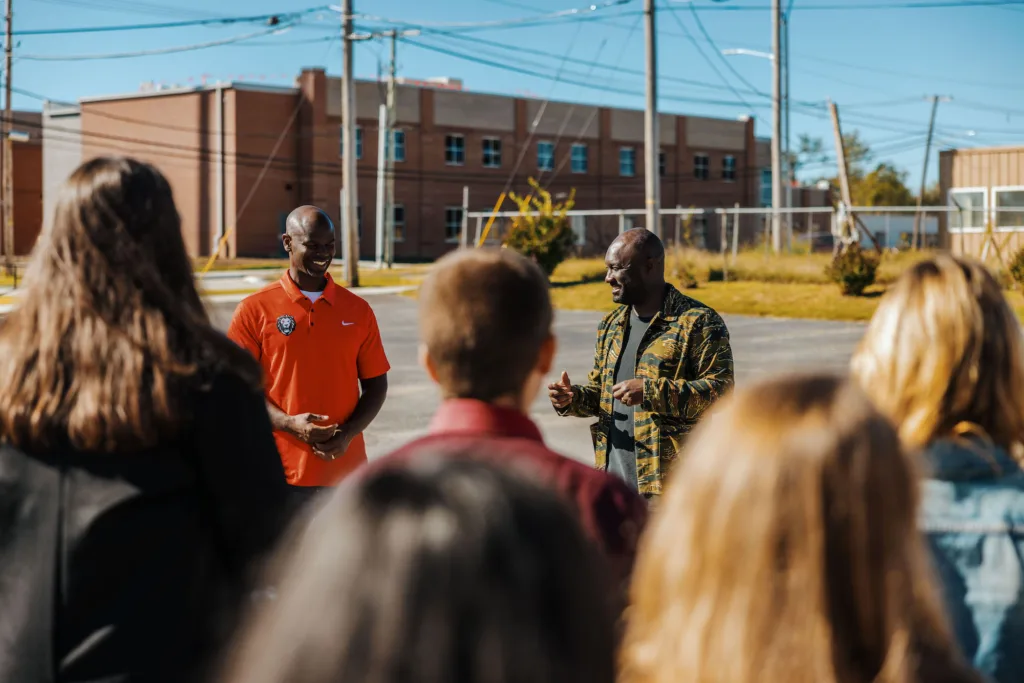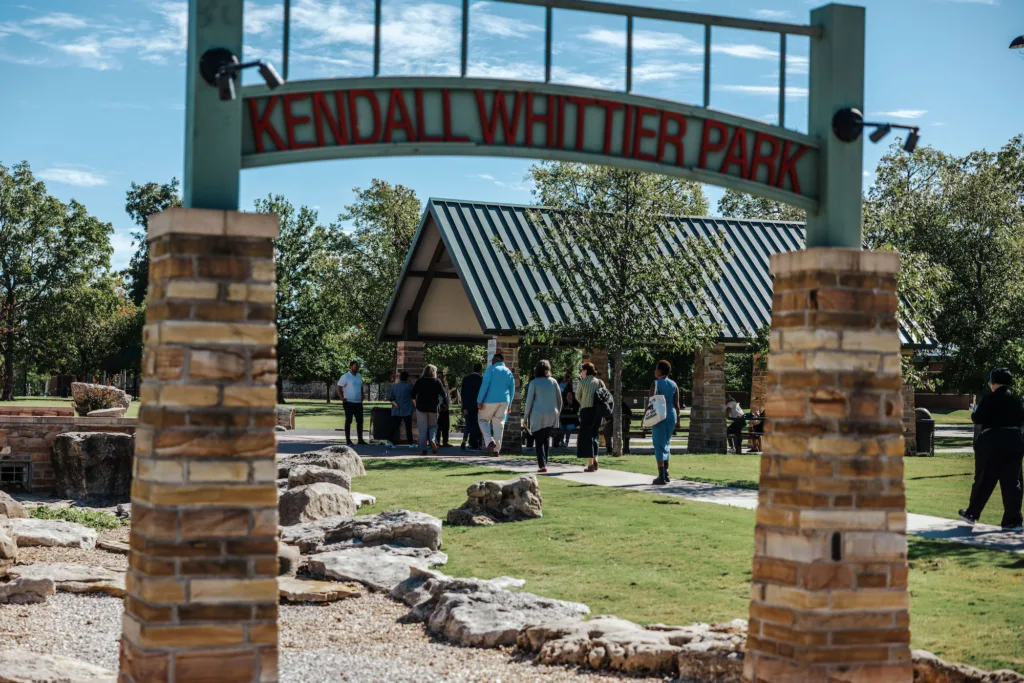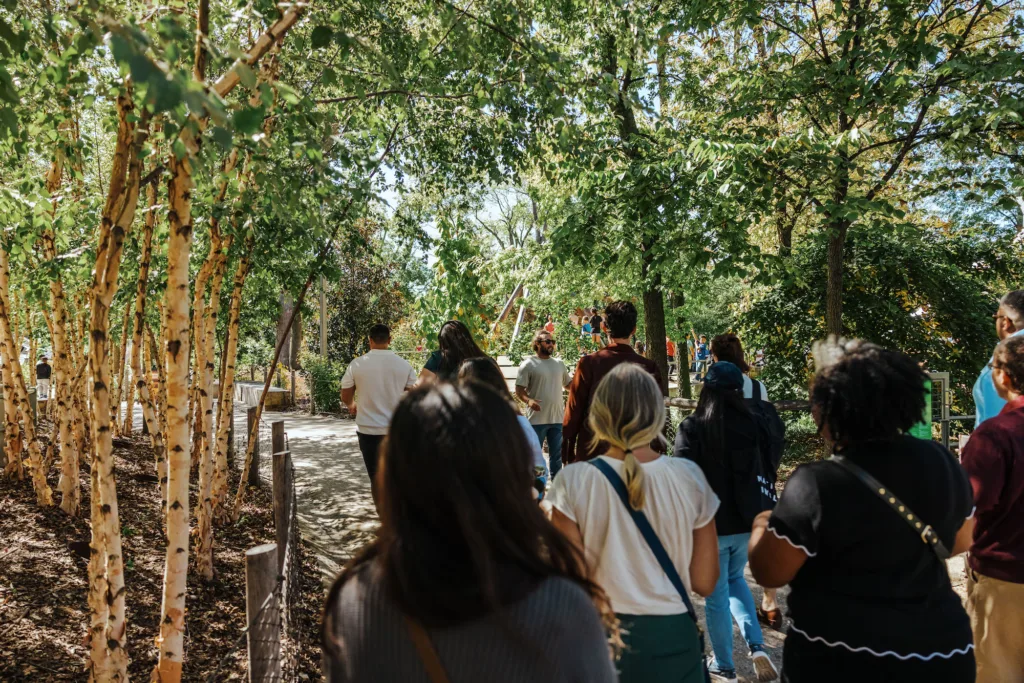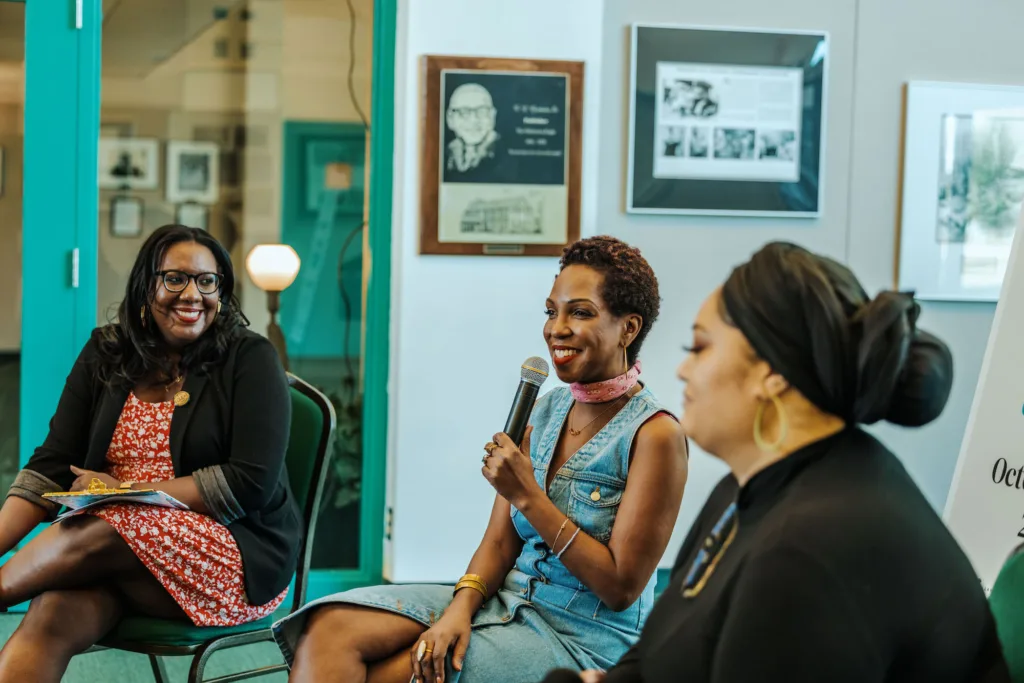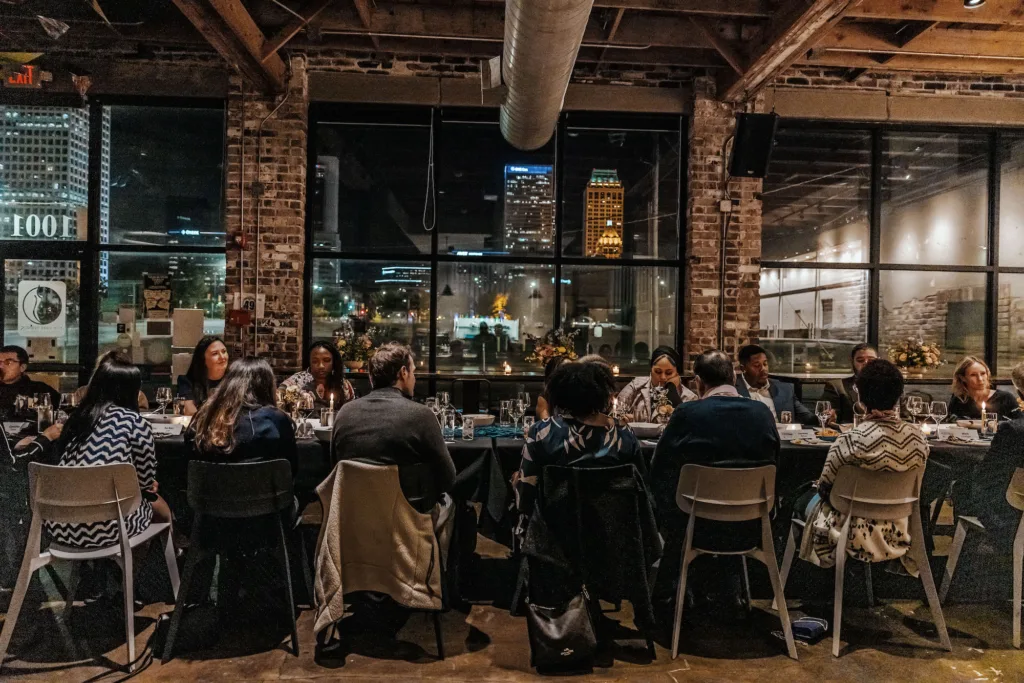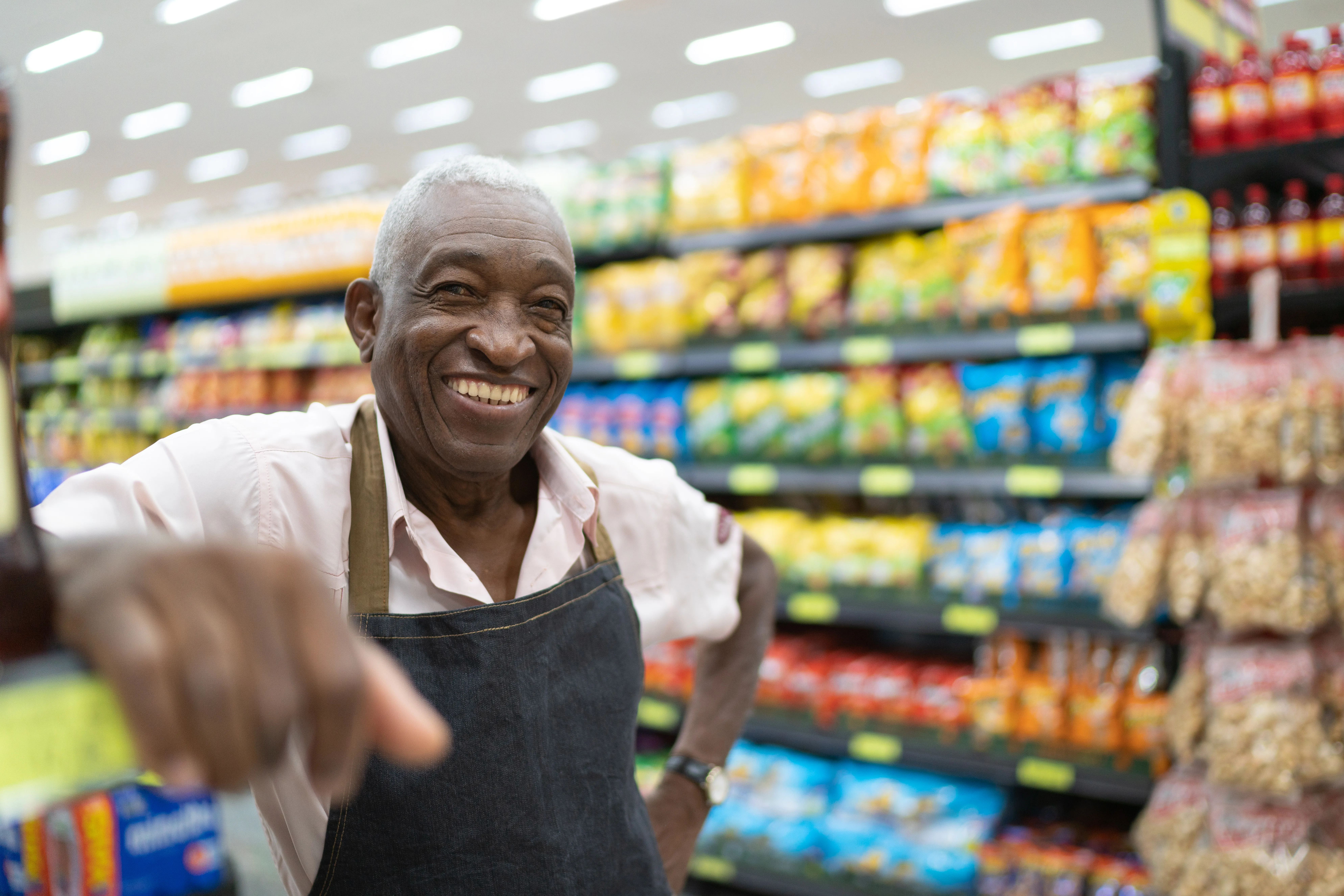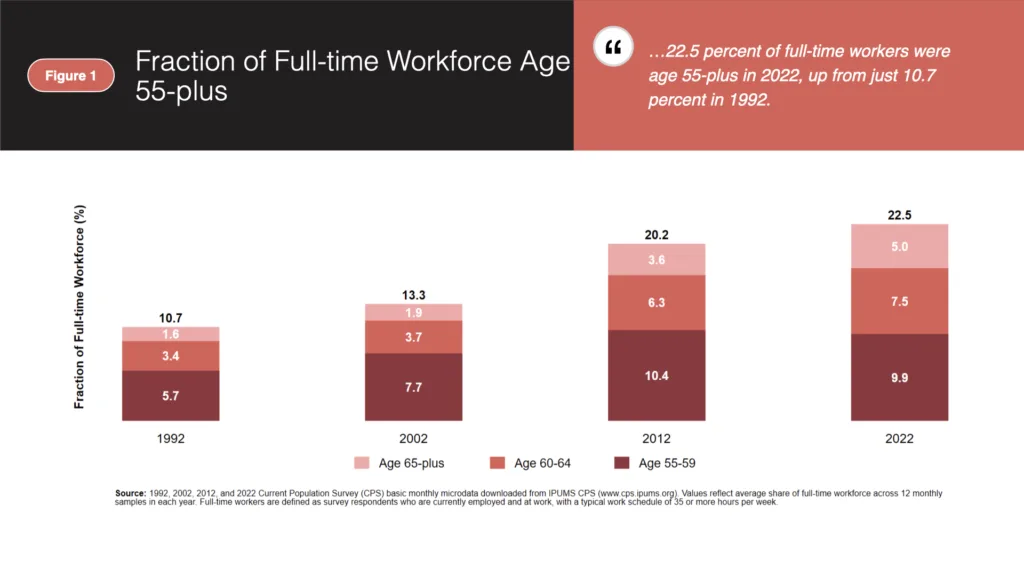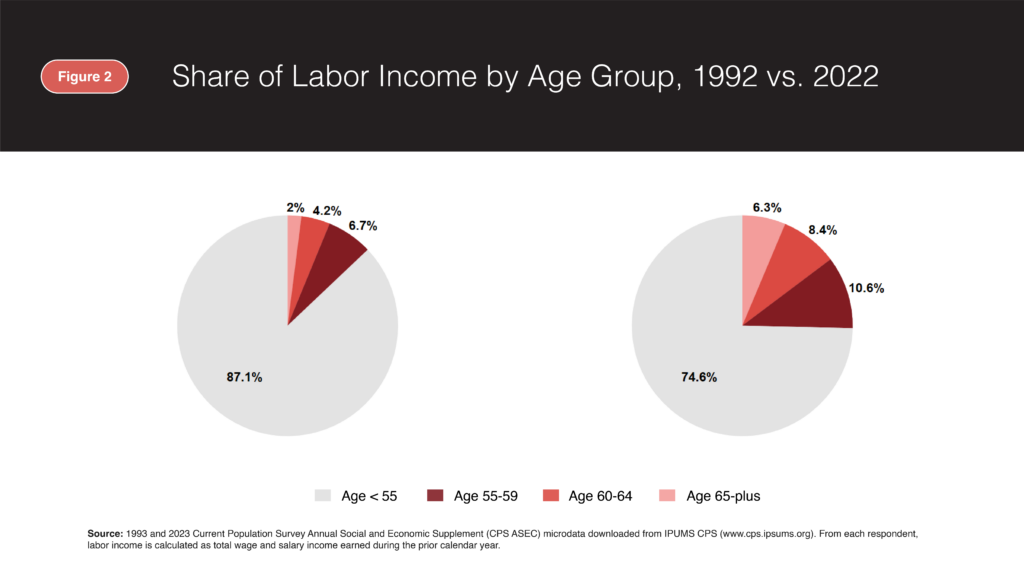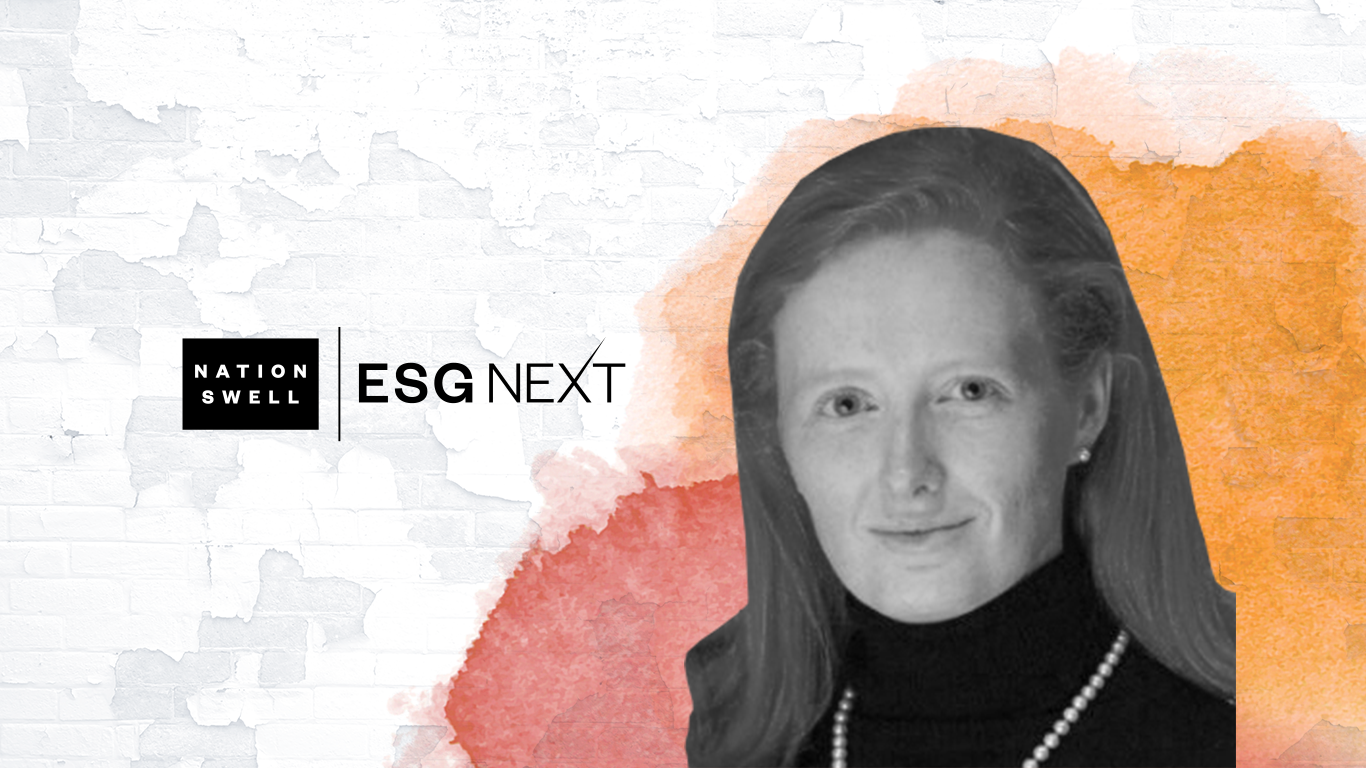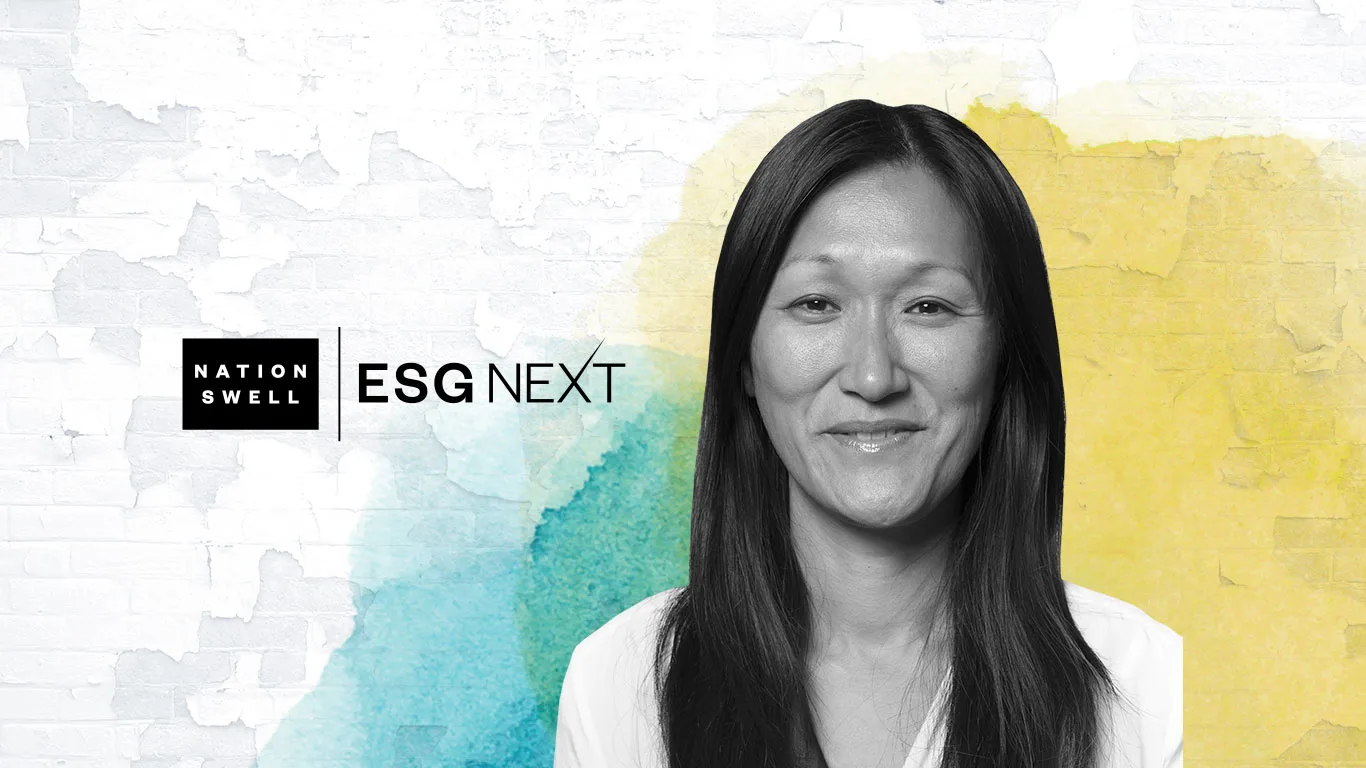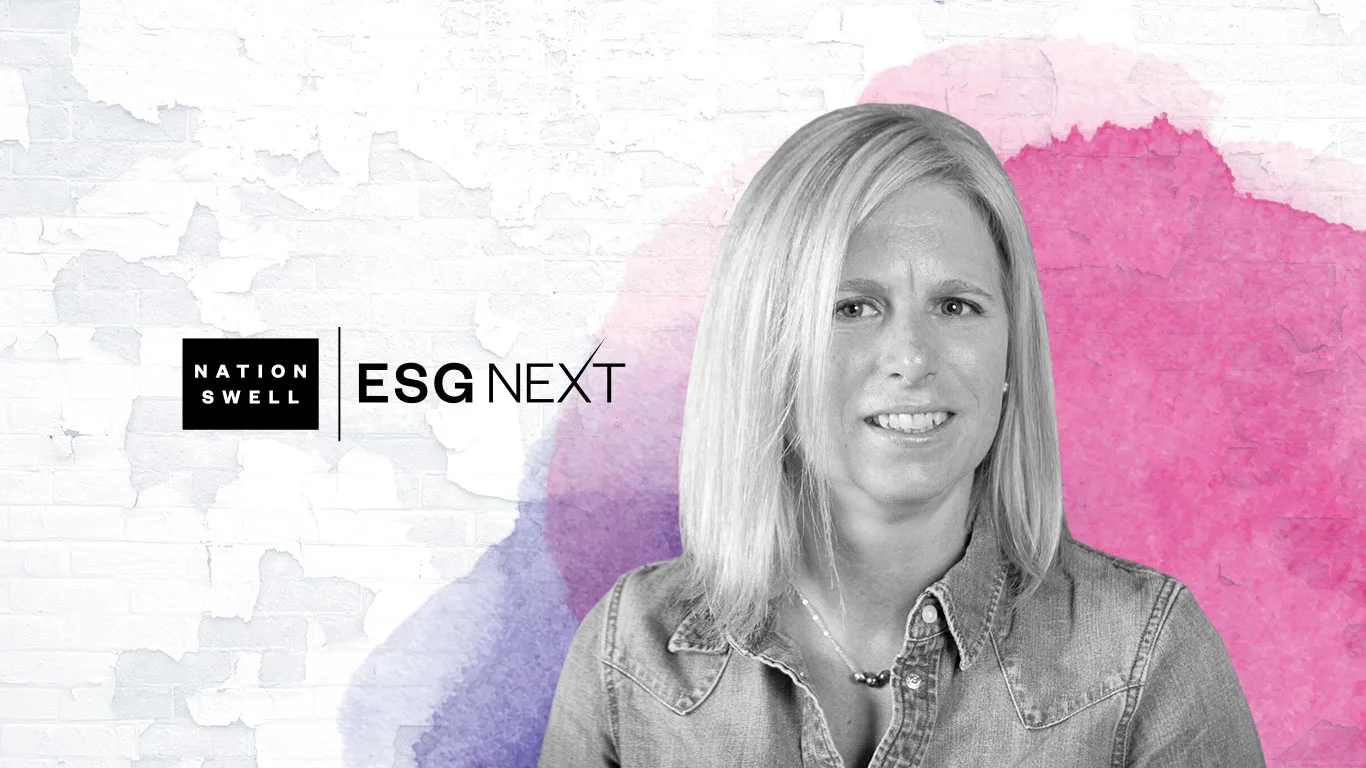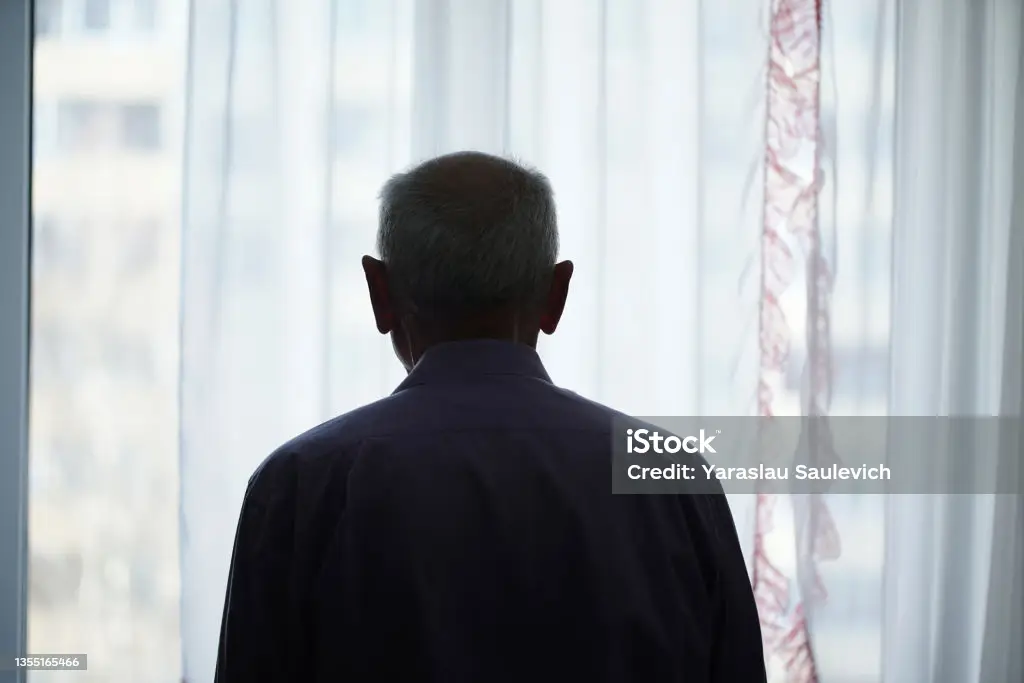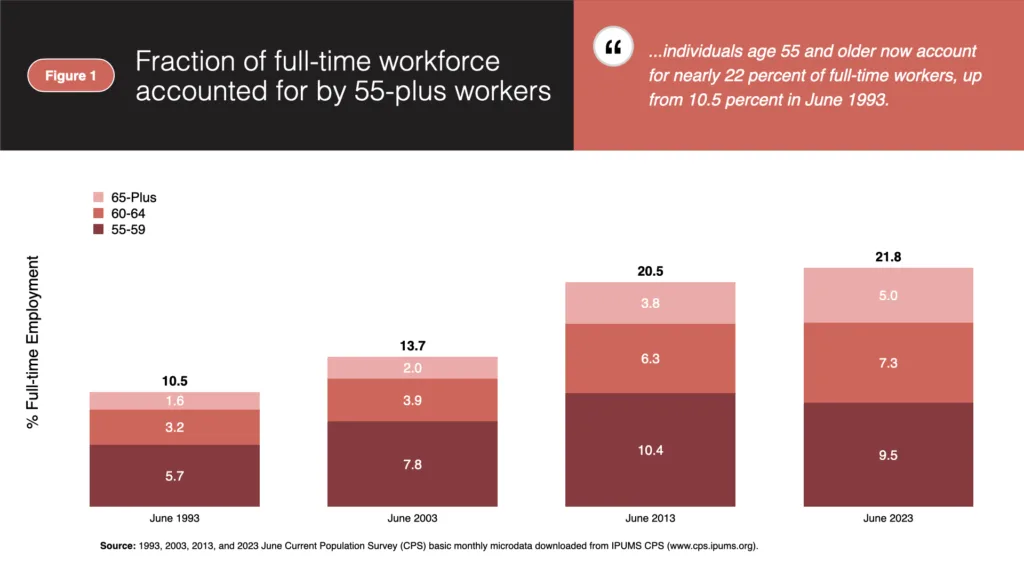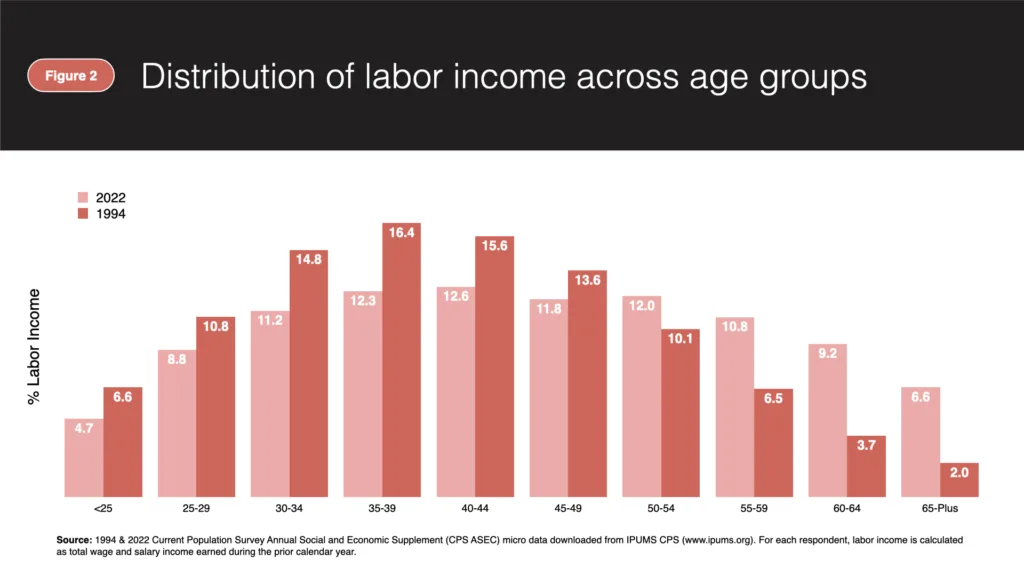Anthony Brian Smith: August 26, 1989 – December 30, 2023
Greg Behrman:
Anthony Smith was a singular gem.
To our organization and team, he was so many things: a brilliant editor, writer, and thinker; an amazing teammate who injected everything — large and small — with warmth, humanity, and fun; a supportive and encouraging collaborator, who made us all think harder and strive to be better.
To me, he was a cherished teammate and friend. I had the good fortune of working with Anthony on what now seem like a million things. Everything was better for having Anthony’s pen, take, or touch. I loved seeing Anthony on a NationSwell stage; he seemed to make the spotlight brighter.
What I treasure most is the time in between; our time connecting, catching up — accompanying each other in our work and our lives. Anthony knew a lot about a lot of things that I didn’t even know were things. I learned from him, admired him, and looked forward to every encounter.
In recent days, I’ve thought about that Maya Angelou quote: “I’ve learned that people will forget what you said. People will forget what you did. But people will never forget how you made them feel.”
I’ll never forget Anthony’s brilliance and originality; his genius for seeing dimensionality in so many things I might have overlooked; his passion for social justice and commitment to work for a better world; his great gift of language; his compassion and kindness; the great fun I had with him — it was so much fun to be in Anthony’s presence. I’ll never forget the lasting impact he’s had on NationSwell — and the world.
You made us all feel so good, Anthony.
Thank you.
We will carry you forward with us, always, my dear friend.
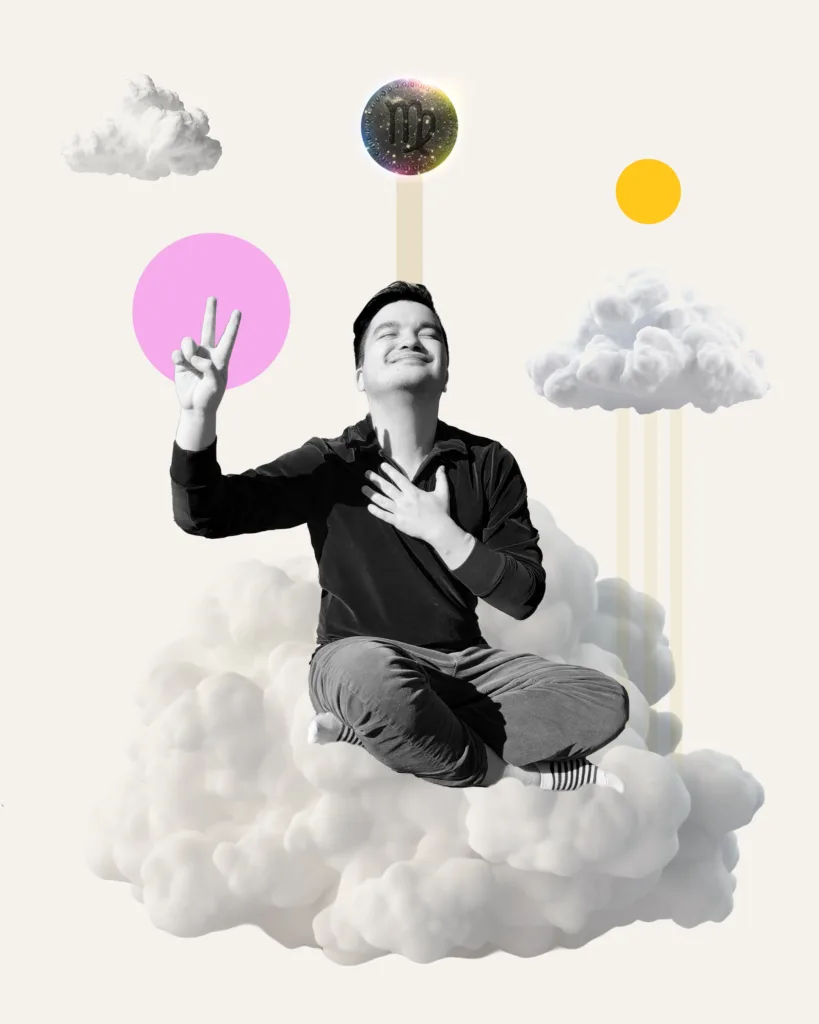
ANTHONY SMITH | VP Published Content + Growth
NationSwell welcome email, Day One, Aug. 2, 2018
- You’d never believe that I was almost a reality tv star.
- I Love to cook, especially French pastry and Roman Italian.
- I don’t love pearl onions, ricotta cheese, red wine, or bean sprouts.
- Recently I took a trip to Marrakech and fell in love with the city, and saw shades of green and blue that I don’t think I’d ever seen before.
- I make people laugh when I sneeze. I have a ridiculous sneeze that maybe you will hear one day, but for both our sakes, I hope you don’t!
- My hidden talent is interior design. I’ve been playing the Sims ever since the first game came out when I was in middle school, and I love coming up with a concept/story for every room I make.
- Born in the Philippines, grew up in the Bronx, went to boarding school in New Jersey, and I’ve found my way to Brooklyn like every other Millennial with a big city dream :]
- Started career in restaurant criticism.
- Proudest moment was breaking the story of concerns about ethical concerns around Secretary Ryan Zinke’s travel schedule at the Department of the Interior. I don’t think there are a lot of journalists’ eyes on the Interior the way there are on other parts of the Trump (or any president’s!) administration, and in my reporting here, I received a lot of handwritten notes from a lot of people for whom corruption at the Interior can ruin everything. It felt good to break out of the bubble and actually reach people.
- I really demonstrated my baking talent when for my old office’s weekly baking challenge, I baked a gluten-free dairy-free Queen Victoria’s Sandwich from scratch without consulting a recipe. And it was great!
- When I was little I always sobbed whenever “You Gotta Be” by Des’ree came on the radio.
- My favorite place in the world is probably the Parc de Buttes Chaumont in Paris, or Louie & Ernie’s Pizza in the Bronx.
- My “bucket list” trip would be a trip to that underwater hotel in the Maldives.
- Obsessed with that Twitter of Japanese mascots!
- A roaring thunderstorm on an early Saturday morning makes me joyful
- The dinner party scene from The Birdcage makes me laugh for hours
- Comedy or drama? Drama! The best dramas all have these incredibly funny moments.
- Dogs or cats? I want to say both for different reasons, but dogs eke out the victory here.
- Sweet or savory? Sweet, for sure. Eating an entree is just an excuse to eat a dessert.
Alison Kotch:
It’s not often in one’s career that you meet someone who inspires you to be a better colleague and human: Anthony was one of those people. His warmth and positive energy made me look forward to working at NationSwell, and was an example of what it means to lead with empathy, good humor, and grace. I’ll always have fond memories of our team outings outside the office, too: He was an expert at making everyone feel heard, valued, and appreciated, regardless of their role on the team. Sending him good vibes as we celebrate his one-of-a-kind spirit. We love you, Anthony!
Marc Anthony Branch:
When I joined NationSwell and visited NYC to figure out where I might move, it was Anthony and Taekia who came to the office to work with me as my first in-person staff interaction in the COVID world. From that point, whenever I connected with Anthony, he was the bright spot to my day. He brought energy, laughs, compassion, and encouragement, and left you feeling better than before your interaction. I’ll never forget him consistently uplifting me and calling me a smart, Black king. Anthony — you are a gem, and I am forever grateful to have crossed paths with you.

Ellie Fox
This planet won’t be the same without our exuberant, brilliant, talented, wonderful friend Anthony. He wrote stories, and games, and jokes, and entire worlds. Don’t get me started on the Shakespearean genius that is his Twitter. He used words like “rule” in earnest to describe things he liked, as if it was 2003 forever. He befriended ghosts and sought opportunities to be haunted. He taught you how to salt brine a chicken to perfection. He read for filth your astrological chart in one glance and was the trivia quizmaster to end all others. He committed to the bit, like when he told everyone at work that his most coveted dish was Amy Klobuchar’s “tacotots” recipe. He practically had stock in Win Son, Crown Fried Chicken, and haggis — the Scottish delicacy (and did not care what the haters had to say). Need a recommendation for where to eat anywhere in the world? He sent you on your way and was friends with the chef. Maybe you needed a highly detailed review of a play you were considering seeing? He already saw it (in previews) and wrote something hilariously scathing about it.
CMo (Christina Montero):
One time back in 2019 we were all at the office on 5th Ave and I went out to grab a coffee. I happened to walk by the comedian John Mulaney and his (now ex)-wife on 20th and 5th. Who was the first person I texted? Anthony. His reactions:
“NO”
“omg”
“Which way was he walking?”
“did u say hi?”
My second memory was that I was one of the few people that liked Andrew Yang when he was trying to run for President in 2020. I sent his campaign lots of micro-donations and became part of the #yanggang. Who was the one person that I could talk to about my love for Andrew and his ideals? Anthony. Anthony would send me tweets and updates a plenty so I had a pulse on how Andrew was faring.
There were many more instances where we would gossip about celebrities and discuss for hours the state of our country, and we could be open about our fears and feelings. I always loved my Anthony talks. Most of all, I will miss that smile and laugh of his. I actually bet he’s laughing right now at how things turned out. He helped me find humor in tragedy and always will.
Love you 4EVA AS.

Kylie Madden:
Anthony was his own brand of magic and he made everyone feel seen, cared for, and appreciated. He embodied the concept that small things mattered — whether it was ordering you your favorite meal from a go-to restaurant for lunch and presenting it to you (which I appreciate more than I could have ever expressed), sharing a random thought with you in the middle of the night, remembering something you mentioned offhand one time six months ago, or making sure you got to experience something *he* felt was special or unique.
Sreya Belbase:
Anthony had a smile that emanated innocence, generosity, and acceptance. Those qualities embodied his essence, and his warmth was felt far and wide. From bonding over astrology, helping me draft my first LinkedIn post, to sharing unexpected food preferences (e.g. noodles for breakfast and black sesame ice cream), Anthony will forever leave his impression on me and our team as a cultural juggernaut. May his legacy live on.
P.K. Weiland:
Dear Anthony,
I promised you homegrown lemongrass and never got to share it with you.
In every fragrant stalk, I hold you close, my friend, a garden of love and remembrance blooming forever.
I hoped to share this recipe of Vietnamese Spicy Lemongrass Chicken (Gà Xào Sả Ớt) with you.
You’ll be missed.

Danielle Benedetti:
Anthony and I delighted in discussing all of pop culture’s highs and lows — our latest high was the 2023 Broadway cast recording of Merrily We Roll Along, an album which he called “relentlessly good,” “crackling with life,” and the “best cast recording in years” (he is correct on all accounts.) Since his passing, the lyric I have returned to the most is not one of sorrow, but one that encapsulates his deep love for life and the ways we can come together to make it better: “It’s our time, breathe it in / worlds to change and worlds to win / our turn coming through / me and you, man / me and you.”
Brooke Josebachvili:
At last year’s Summit, as we were kicking off the Shared Conversation, Anthony and I found each other solo at a back corner table. I was hesitant to participate, but Anthony immediately disarmed me by posing the question with his soft voice and gentle smile. He offered to answer first. He opened up so immediately, sharing his personal stories as only a gifted storyteller like he could. By sharing of himself, he reminded me there are people who offer safe, soft landing spaces to share the full you.
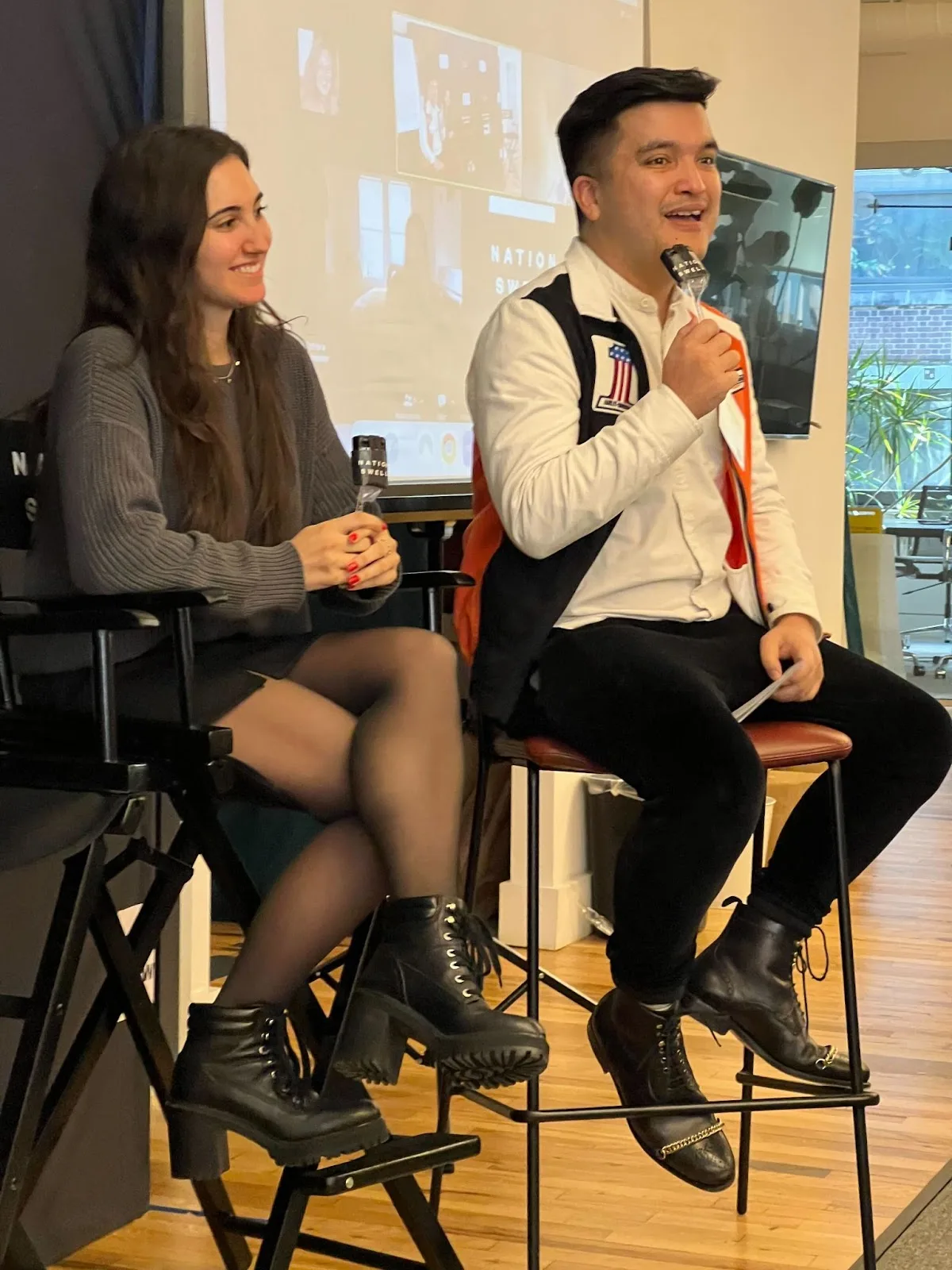
Joseph Ingraham:
Every other Monday, I’d get up just before 5 am, head to the airport, and fly into New York City. I’d get to the NationSwell office around 9:30 AM, feeling a little tired and in need of caffeine. Coffee helped — but my pick-me-up of choice was ten minutes spent at Anthony’s desk. From the other side of the office, I could see his cheeky smile and mischievous eyes saying, “Get over here! I have something I simply must tell you.” And he always did. Sometimes, it was a review of a show I had never heard of (but which would inevitably clean up at the next year’s Tony Awards). Other times, it was juicy political gossip. Often, it was a hot tip on a new restaurant or a wild recap of his weekend antics. Whatever the story, it would lift my spirits, nourish my mind, and make me feel deeply grateful that we were both there.
Maddy Allison:
ABS
The funeral home was packed
Overflowing with people
Laughing and crying
Reaching to hear the stories being shared
100 more people on the zoom which
stopped working halfway through
So we stood still
Being with each other
Reaching for Anthony’s presence
Someone said “he would have found it
hilarious”
Technical difficulties at his funeral
Someone else “maybe it was his final joke”
When I first met Anthony we discussed
chili crisp
How delicious it is, what best to put it on
He said the best gift he ever got was
homemade chili crisp from a friend, because he knew
how meticulously it had to be made
How difficult it is not to burn the garlic
The next time I saw him he said he had a jar of chili crisp
for me, his favorite brand
He brought it to the office to make sure I would have some
He told me to put it on vanilla ice cream
Anthony was like chili crisp
meticulous and specific, doling out care so
generously
He was like the unique spice atop soft and
sweet vanilla ice cream bringing fire and
flavor and surprise and delight
He made you stop and go, “wow!”
He made you present
The funeral home was packed
Busting at the gills with people who were
lucky enough to love this man
I’ve been eating chili crisp all week
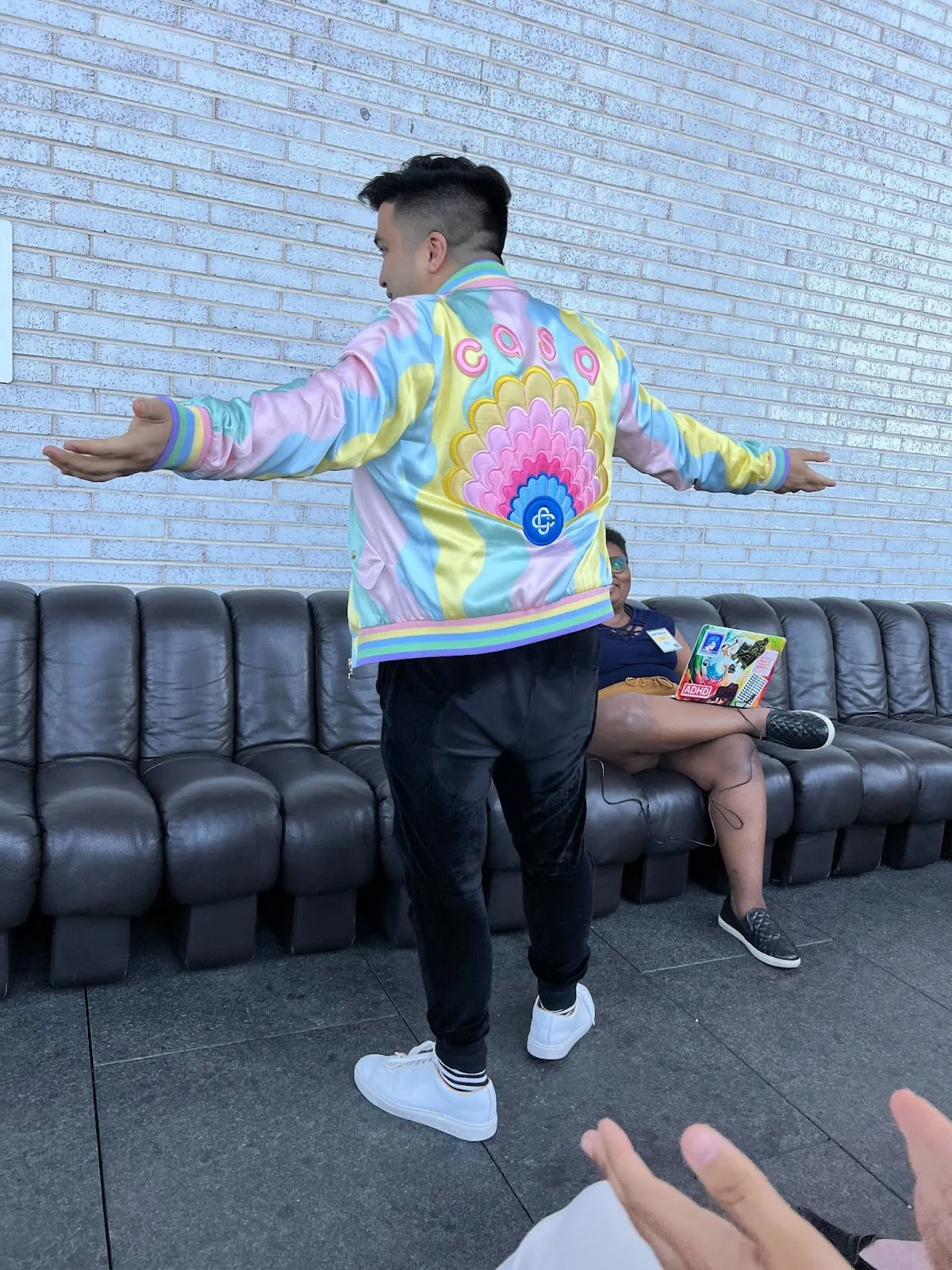
Caroline Mak:
While my path only overlapped with Anthony for a few months at NationSwell, he will always be remembered as the colleague who unfailingly checked in when the world was rough, and as a generous soul who always strove for making the world a better place. My Slack messages with him were always the most fun, and uplifting. His spirit will always be remembered. Thank you.
Taylor Chapman:
Anthony was a treasure of an individual; one of my favorite remarks from the memorial service compared him to “a golden apple, casually dropped into the banquet of our lives.” When he and I met in a work context and went for a beer, I assumed it would be a typical colleague get-to-know-you. How wrong I was! Hours later, I left with my head spinning, having learned about all kinds of fascinating cultural phenomena I never knew existed — and with a new friend, someone I knew I’d treasure.
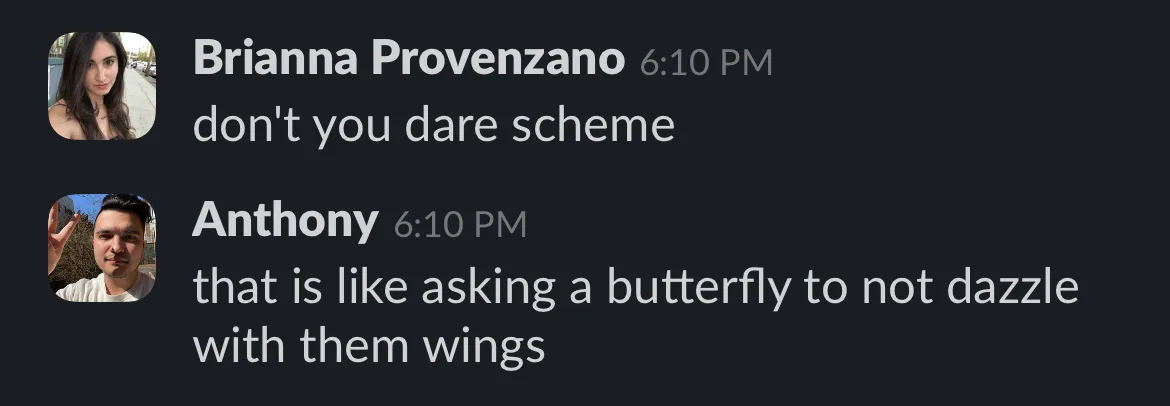
Brianna Provenzano:
If you were here, I would Slack you: “So this Anthony memorial post… some of it’s there but it’s way underbaked like Claire Saffitz brown butter choc chip (derogatory)” and you would respond “AUWHFJSFKSKSK okay lemme look,” and then you would come back to me in 60 seconds with something eloquent and fully-formed and more beautiful than anything I could’ve ever put together. I need you back right now so you can punch up your own memorial post… do you see what a mess you’ve left me with?
Here are some random scraps for you:
- I saved a screenshot of a Slack that you sent me on my first day on the news desk at Mic that just said “hey B — sit next to me today when you get in :)”
- There was drama at your funeral, and everyone laughed and cried; you would have loved it
- In the grand tradition of court jesters and fools, you always said the true and obvious thing that the main characters were oblivious to, and you always played it for laughs
- Did you really have a Flintstones fan fiction called “A Feetcar Named Desire?”
- Did you really use black magic to put a curse on Antonin Scalia the night before he died?
- Did you know that I loved you very much and felt very protective of you, especially towards the end of our friendship?
- Did they really let you go behind the counter at the Dunkin Donuts on Graham Avenue and make your own coffee coolatas?
I wish I could take all of the scraps and shape them into something coherent and meaningful, but not just yet. In the meantime, I promise to buy myself more little baked goods as a treat; to pour more intention, energy, and vulnerability into my writing; to be a little weirder and lighter on my feet; to text people more often and tell them that I love them; to Always Be Scheming. I love you and so I’m mad at you for using your death to catalyze me into being a better person, for leaving me with the kind of grief that is already starting to alchemize into something generative and hopeful. I hope that you haunt me and that your ghost takes the form of Clippy, the Microsoft Word paperclip.
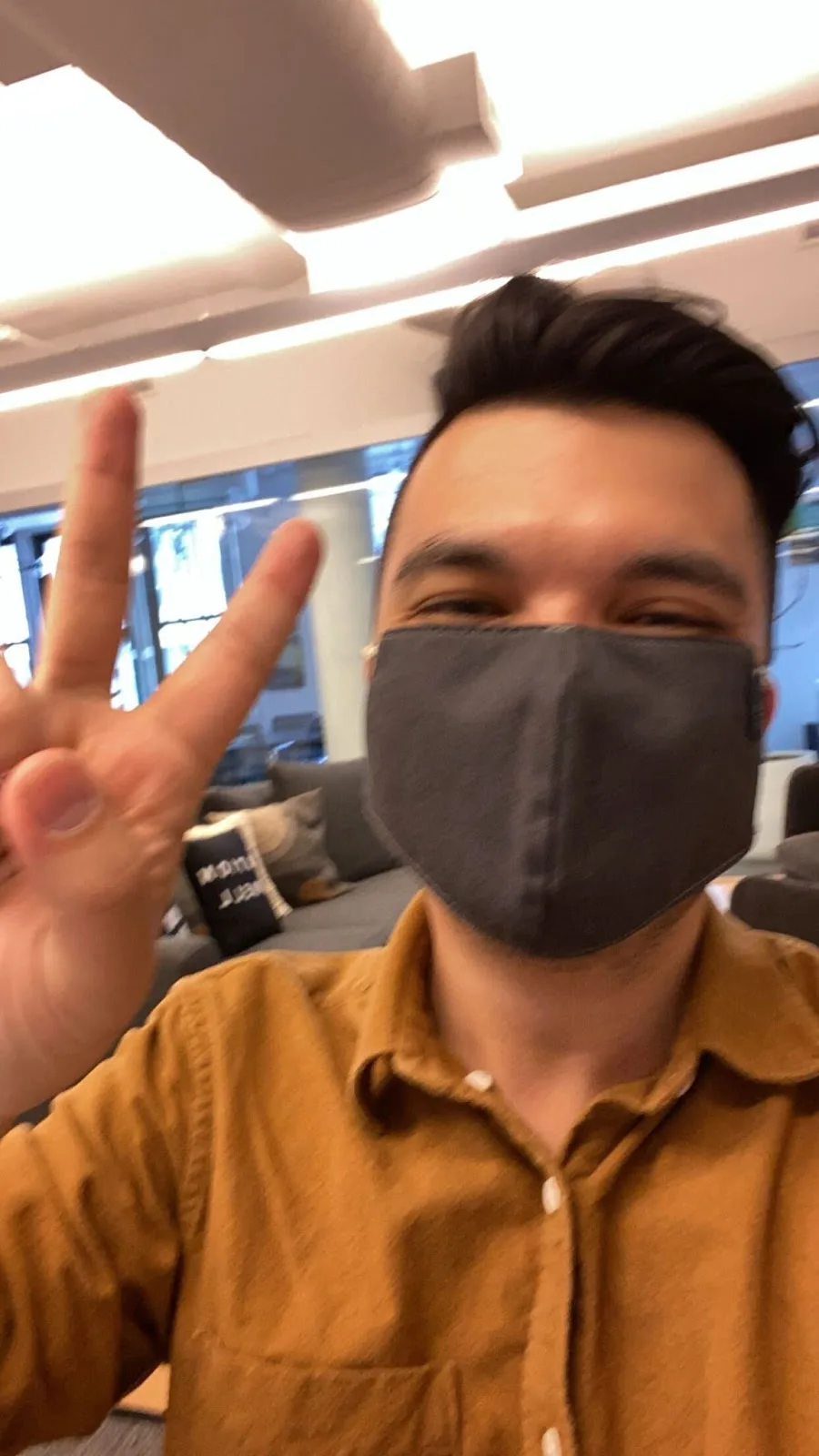
Amy Lee:
My promise to Anthony:
Every time I come across something hilarious, weird, or artistically adventurous I am reminded again how much more fun life was when Anthony was there to share it with. Did you see that new satirical Gen Z comedy special on HBO? OMG why did that movie get overlooked at the Globes? Is that pop star’s new album an intentional piece of throwback genius or a collection of shallow songs we’ve heard before? These are the important questions I have wanted to pose to Anthony in just the last week alone. Yes, I also miss his encyclopedic knowledge of politics and pressing world issues. How can someone be that smart and serious about change and yet so irreverent? This election year, I will be forced to do all the reading and understanding of candidates and the minor details of democratic operations that have major implications for people’s rights; all the learning that he did for me for the last five years. And, on the personal side, I will have to dig deep and give myself the little pats on the back that he would send me out of the blue in support of my own creative endeavors. I am feeling a little lost without his supremely confident opinions on the culture unfolding around us. I stare off into the distance more. I definitely laugh less. But I know that he would absolutely not stand for complacency, and would hate for any piece of life to slip past without squeezing the most joy, outrage, warmth, sarcasm and beauty out of it. Thank you, Anthony, for showing us how to use the time we have. I promise I will try to make the most of it, just like you did.

